Using observations, design can turn people's stories into efficient solutions. This tool can be exercised everyday by observing the ordinary. "Thoughtless acts" or "Everyday engineering", as respectively presented in the books of Jane Fulton Suri and Andrew Burroughs, are great examples of everyday observations that I aim to collect in the following pictures.
Thoughtless acts
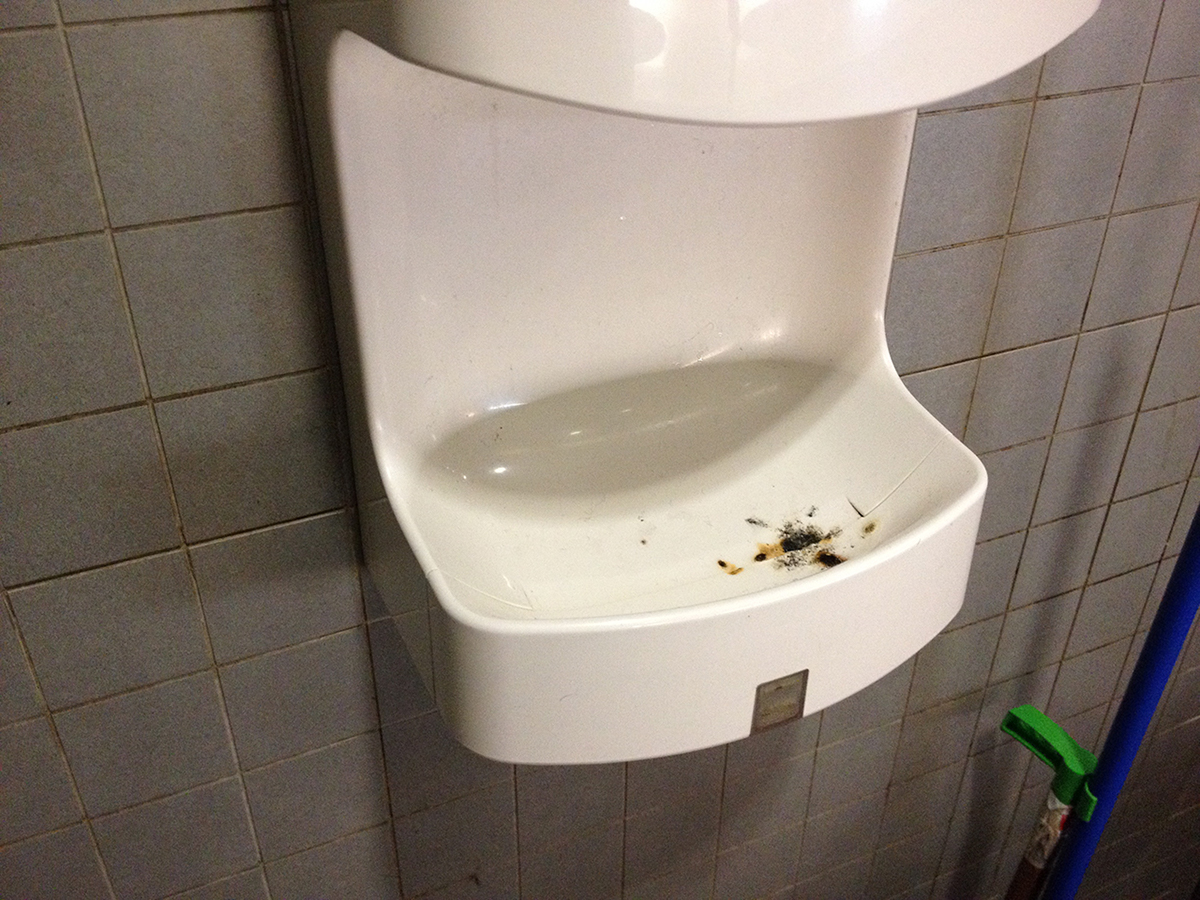
Ashtray dryer
-
A hand dryer used as an ashtray. Misunderstood product or intentional careless action?

Passport holder
-
A handy placement of a passport on a luggage: two products almost always linked in context.
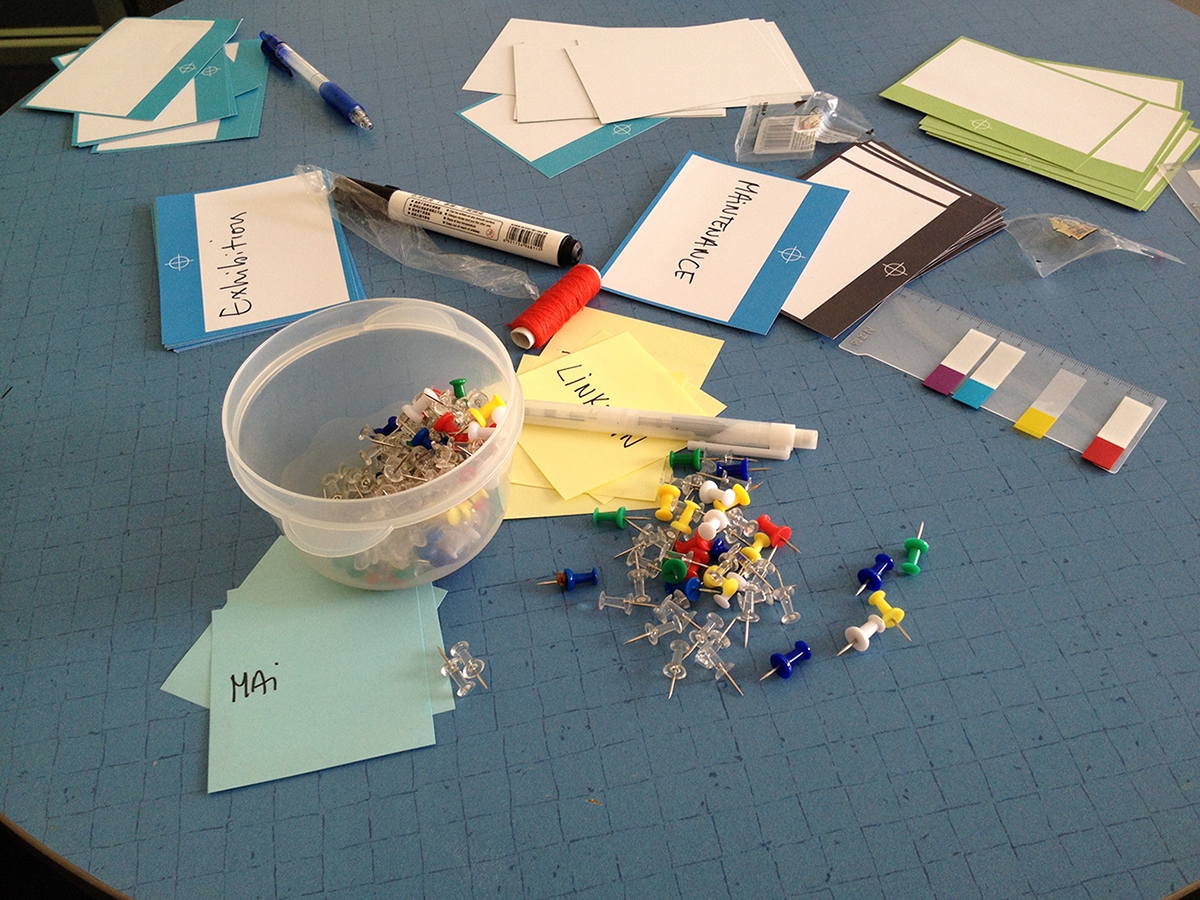
Layed out pins
-
A bunch of pins has been taken out of the container to make it easier and safer for the user to grab it.
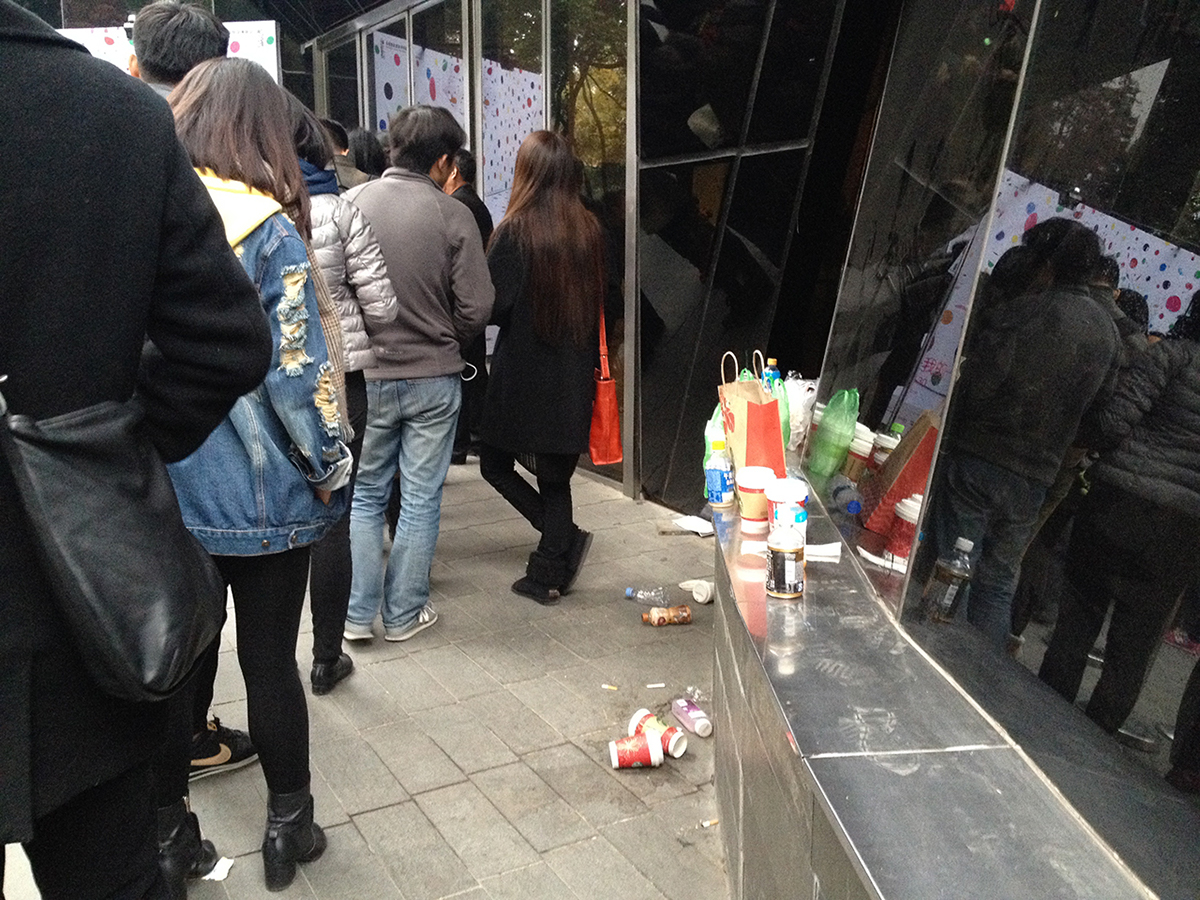
Empty bottles stand
-
This series of cups and bottles shows how we learn patterns of behavior from one another.
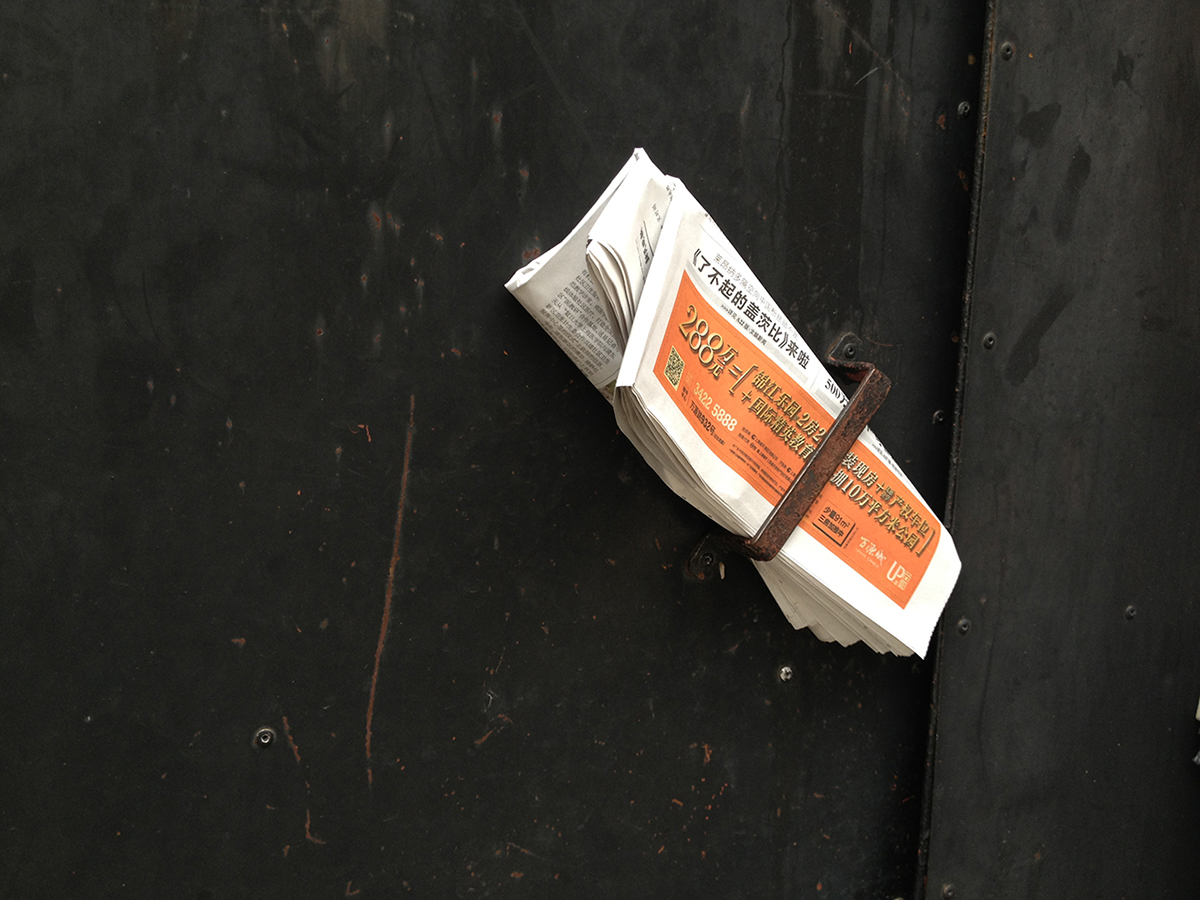
Mail holder
-
This oblique handle makes sure the newspaper stays in a visible place for the person whose coming home.
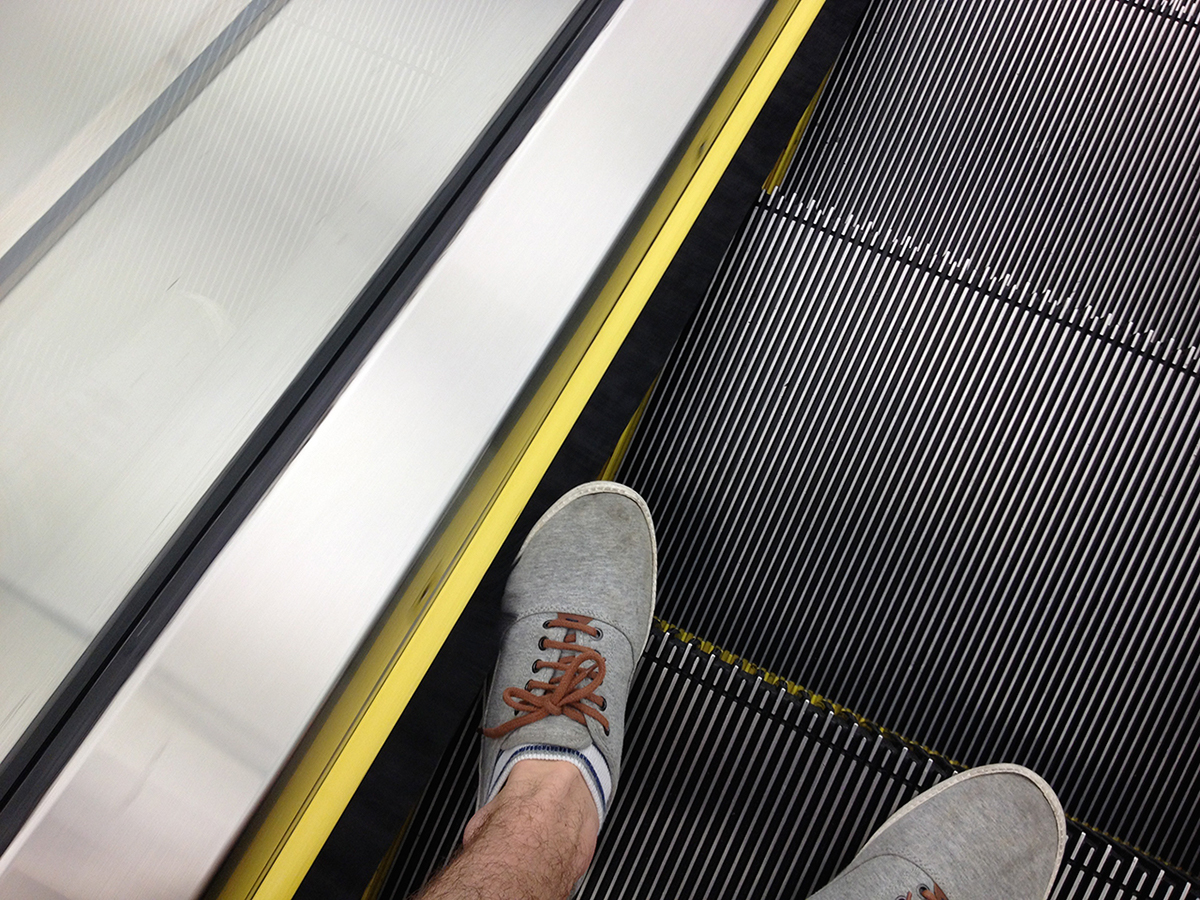
Automatic shoe brush
-
An elevator can offer additional services for those who can see it. Are they cleaning their shoes or simply playing with the brush?
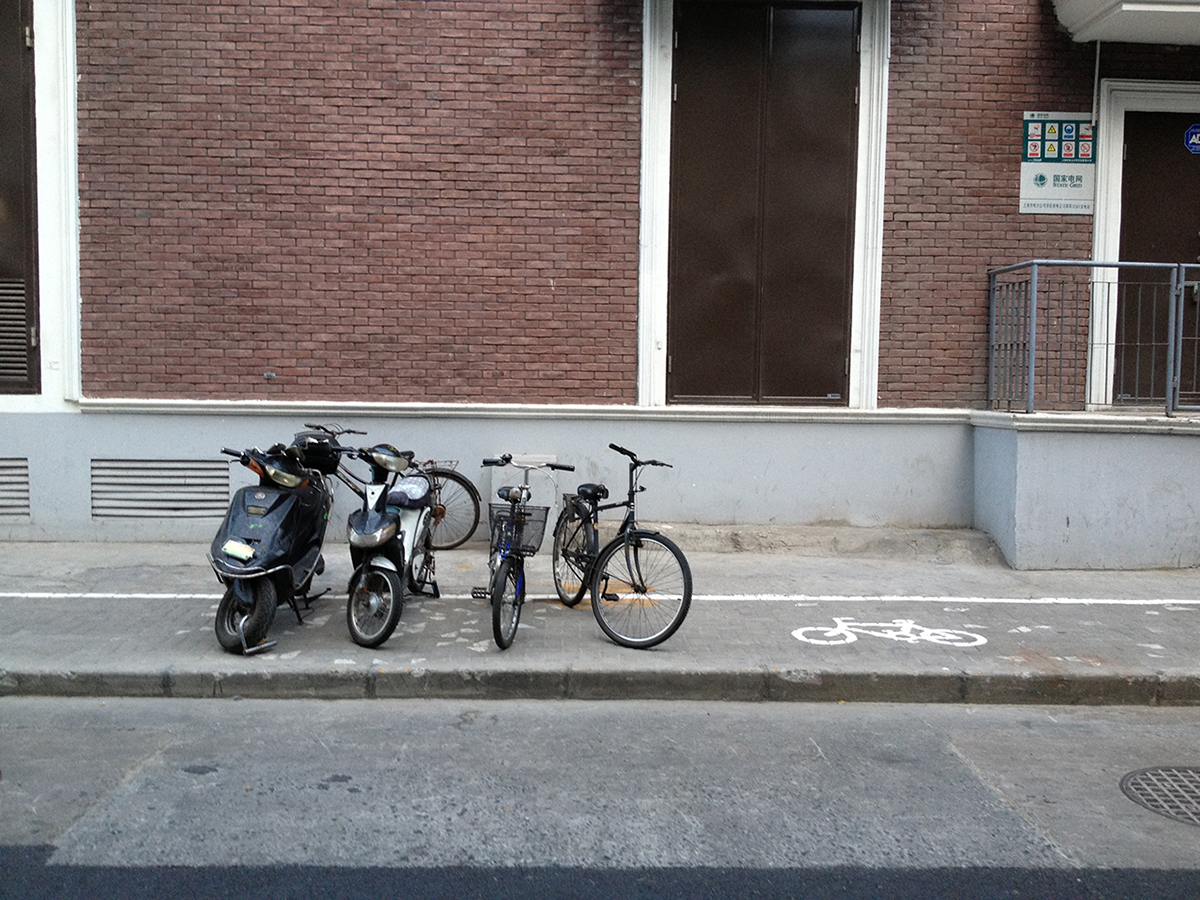
Bicycle parking
-
The placement of these bikes shows a natural tendency to stack things together.
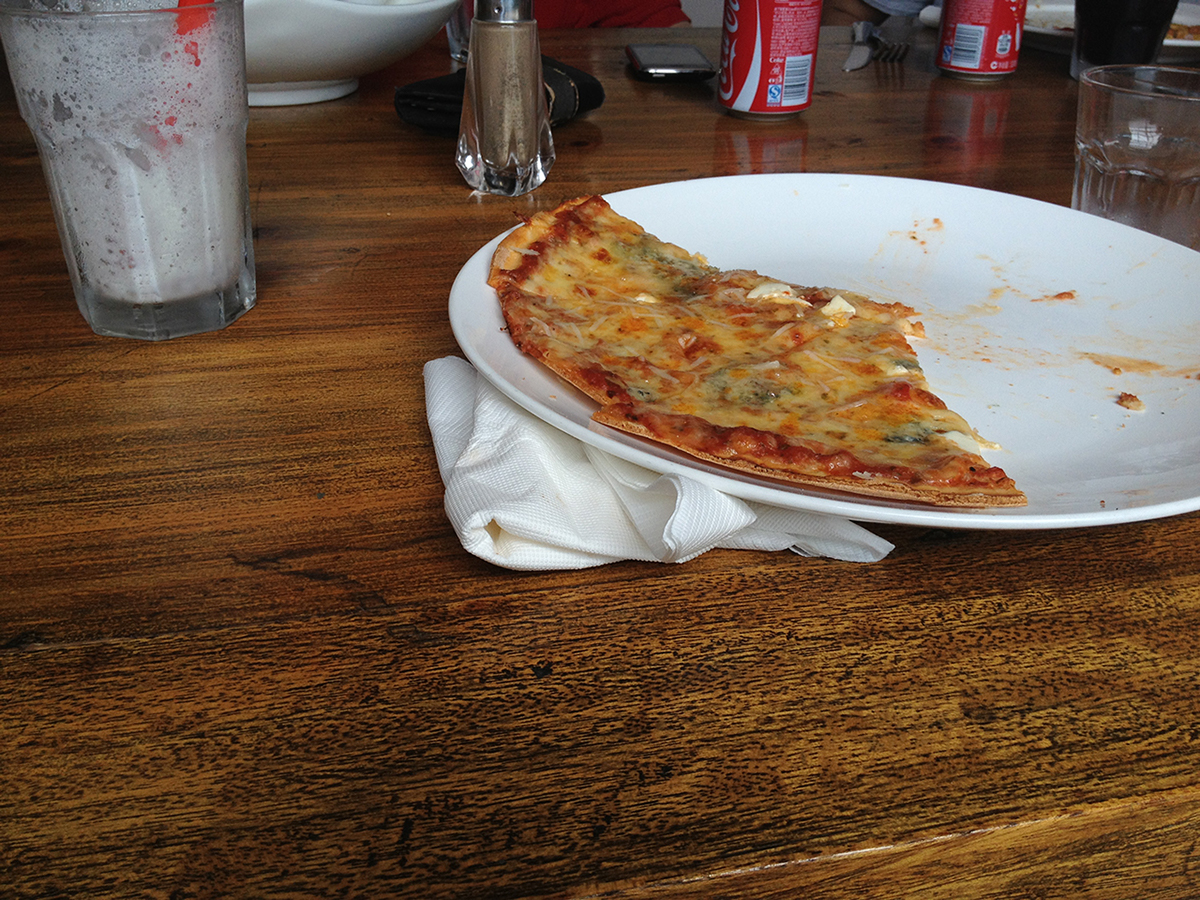
Napkin holder
-
The used napkin is placed between the plate and the table. Optimizing the space, hiding the napkin or keeping it closed?
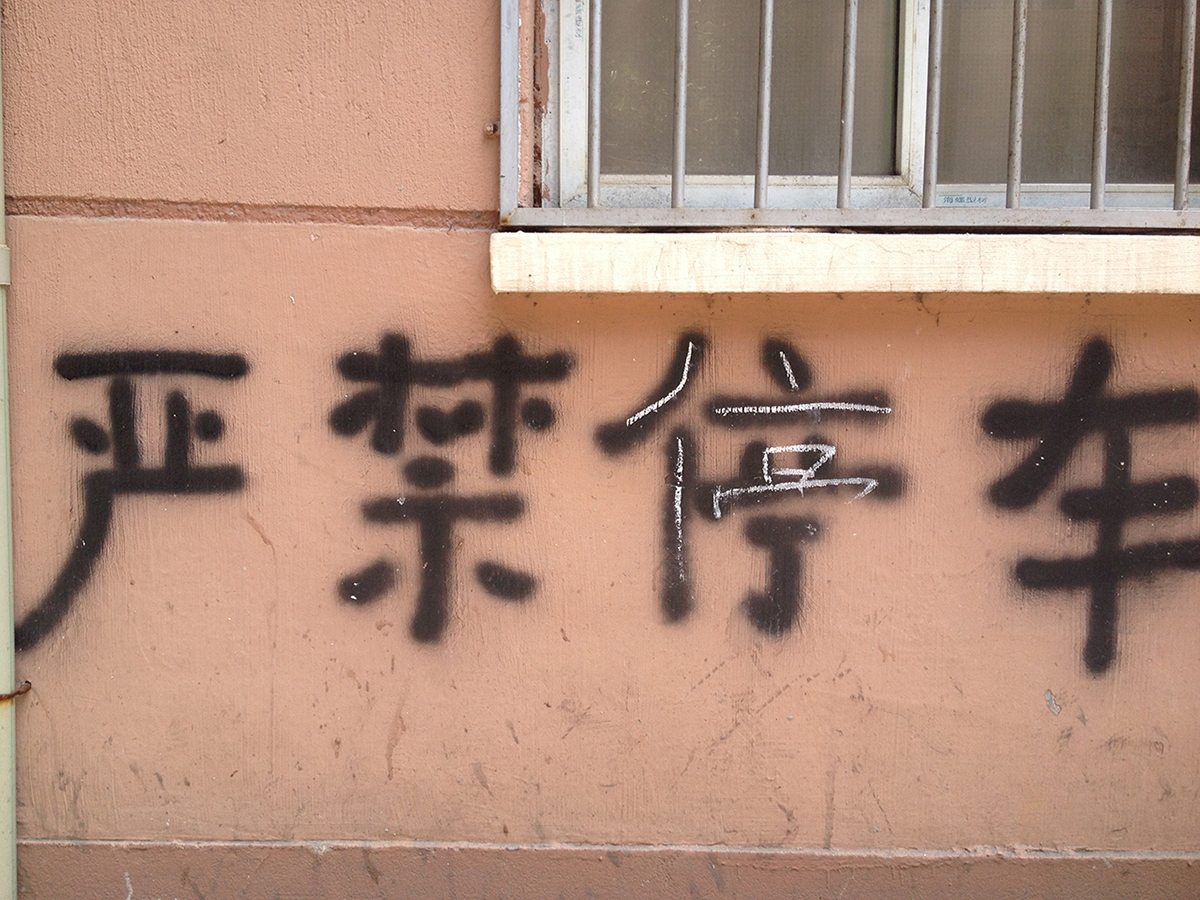
Chinese auto-correct
-
To correct the wrong element, a new character has been written over it. Why rewrite everything when only a small part was wrong?
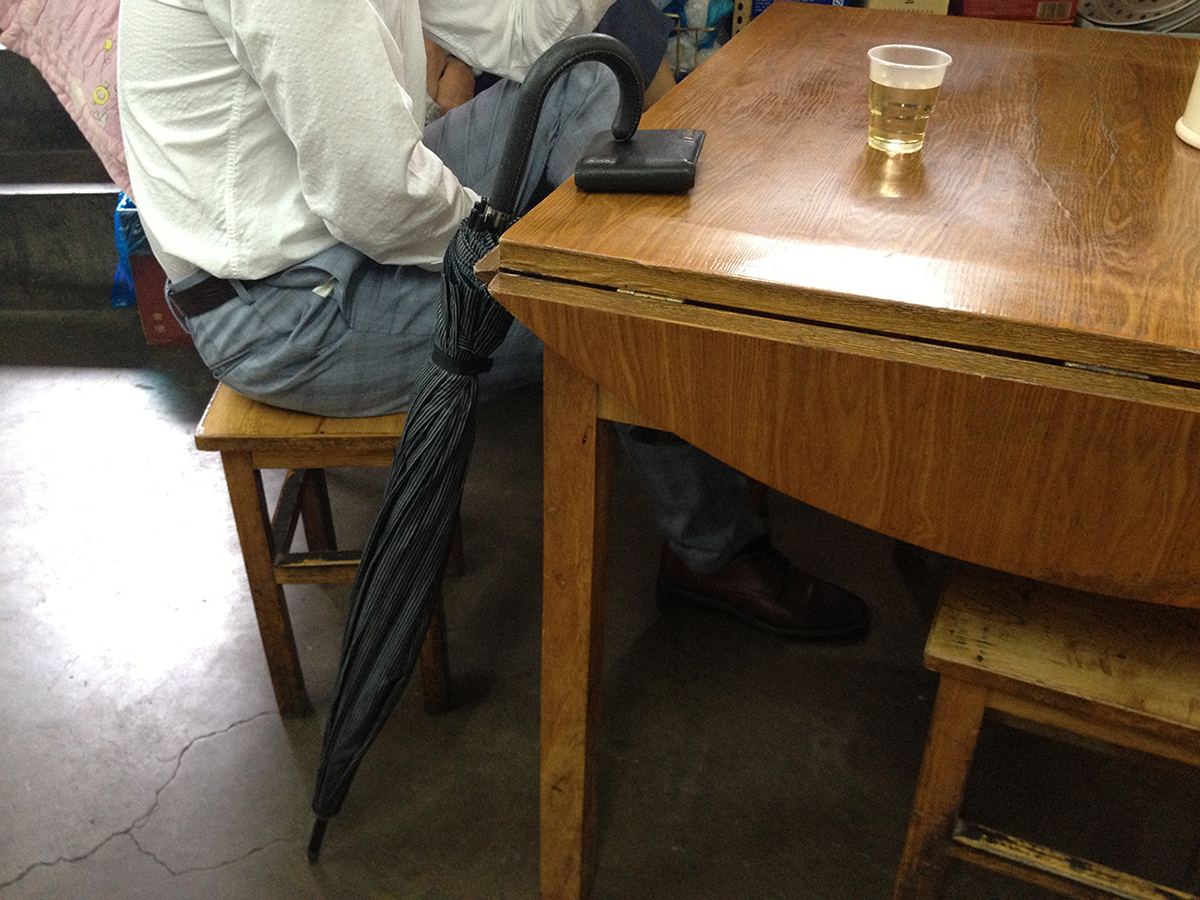
Umbrella holder
-
A more adhesive additional element helps to hold an object that is otherwise unstable on its own.
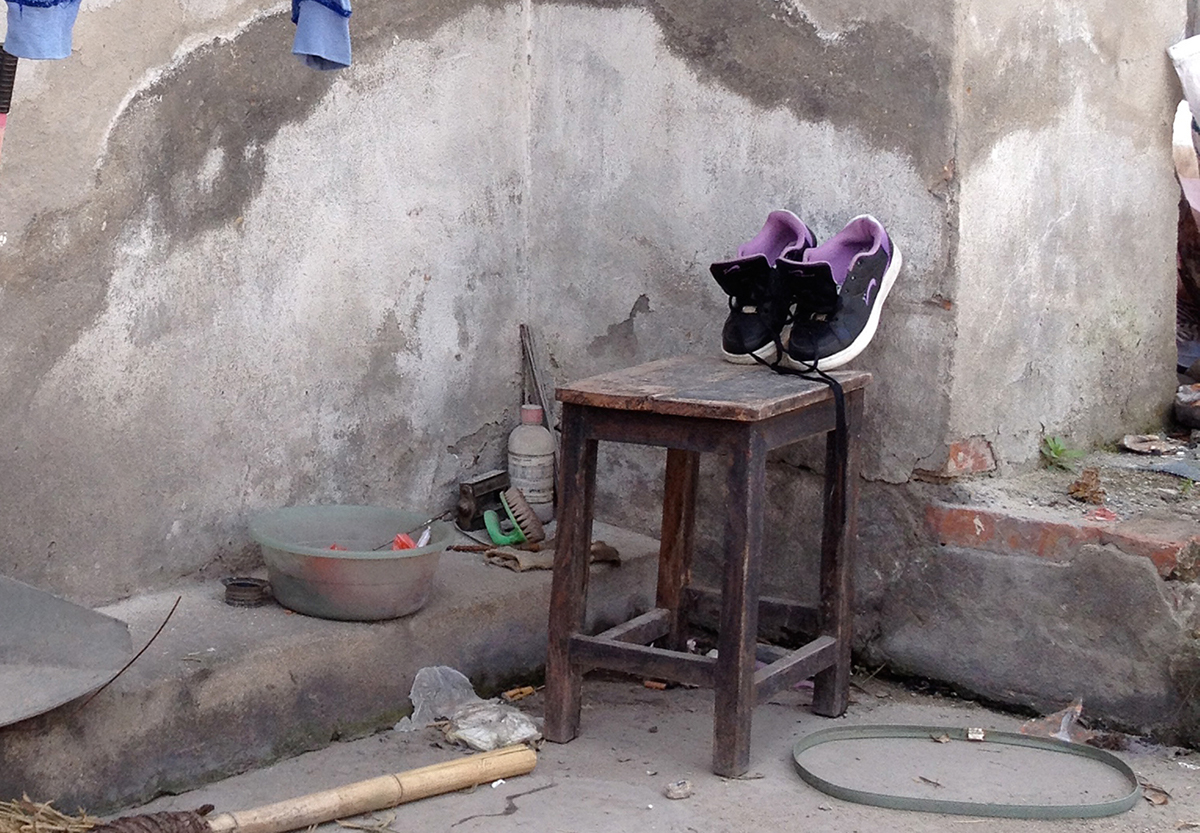
Shoes on stool
-
Reducing the surface contact optimizes the drying process. The shoes are also placed higher than the ground to keep away from the dirt.
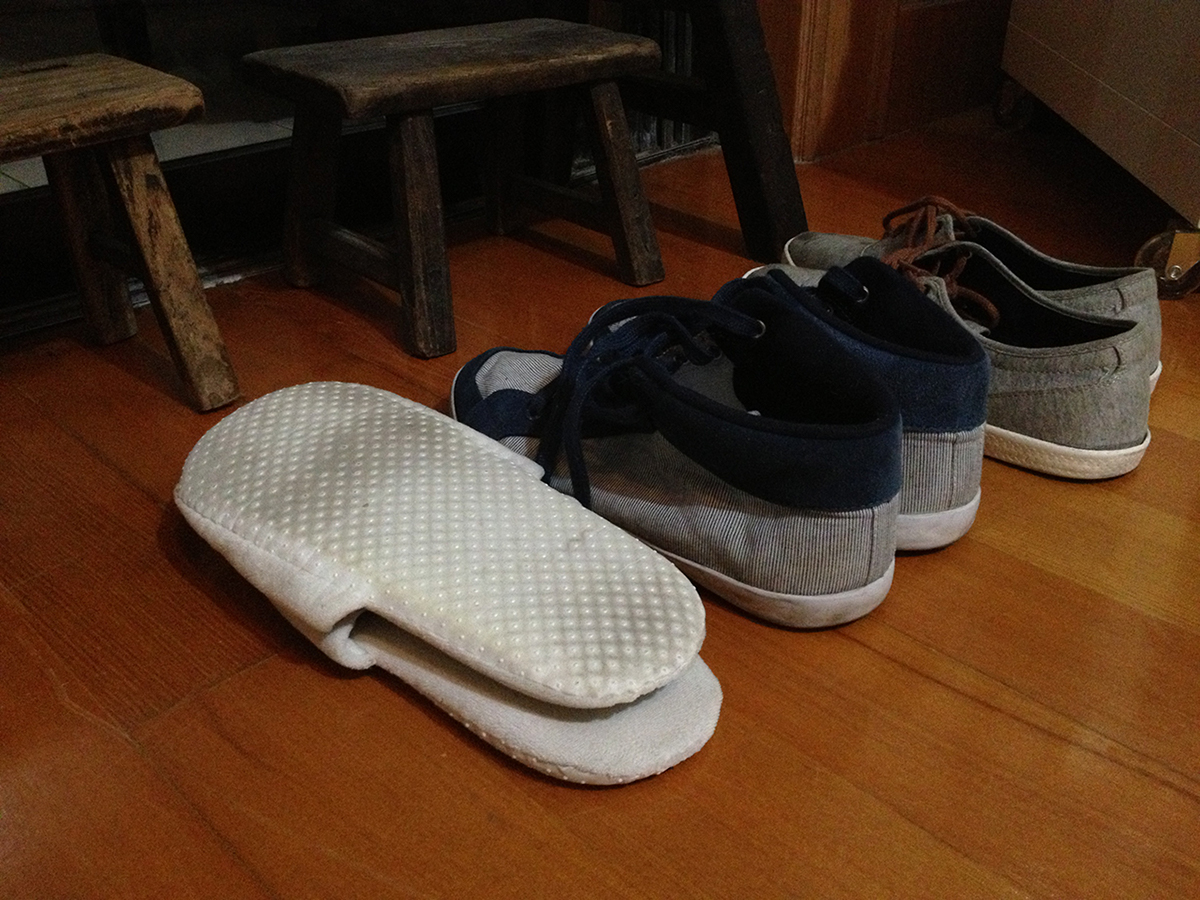
Flipped slipper
-
Stacking the slippers together saves space while placing the top slipper upside down keeps the second slipper clean.
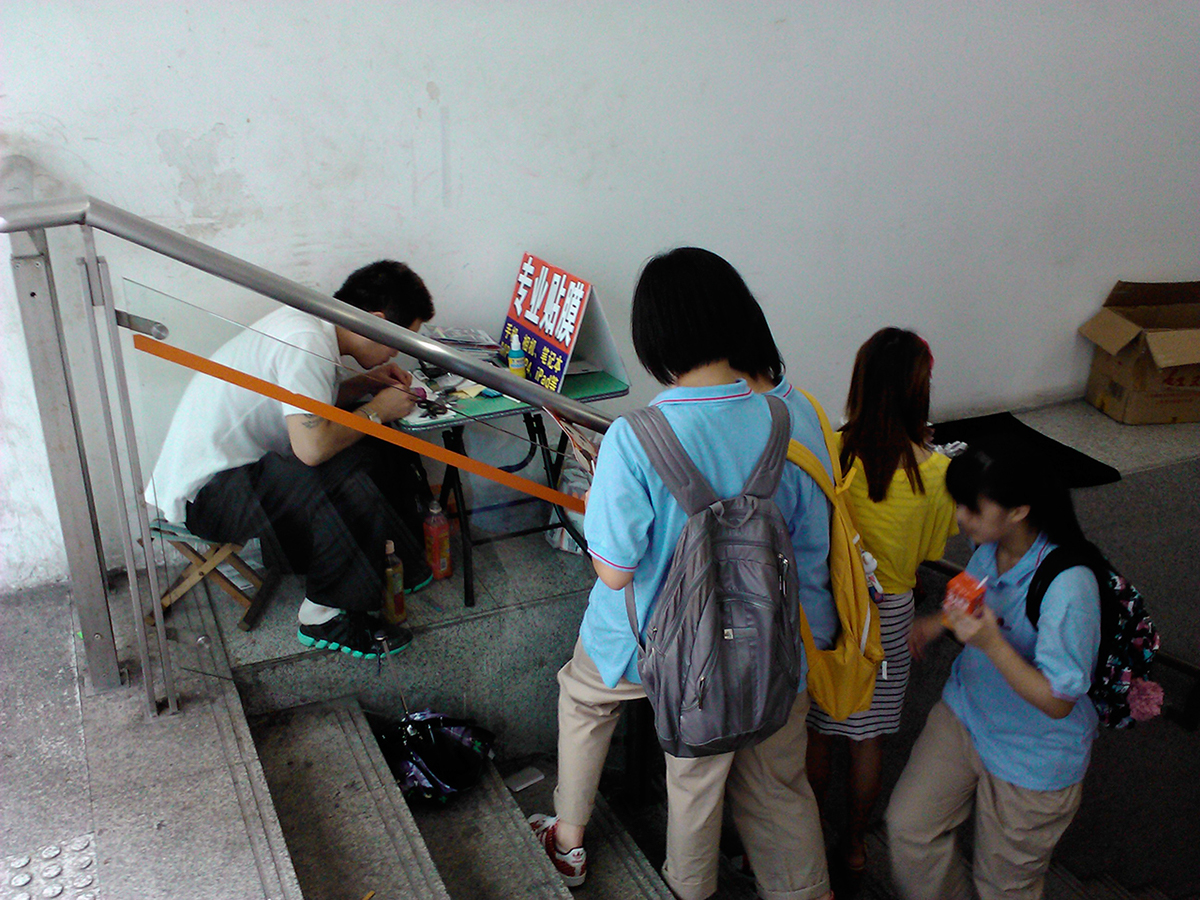
Improvised shop
-
The organization of the space can offer great opportunities for a venture. What elements makes us choose this space for a shop?
Everyday engineering

Revealed mark
-
The frost on the glass reveals the imprint of the tool used to place the windshield on the car.
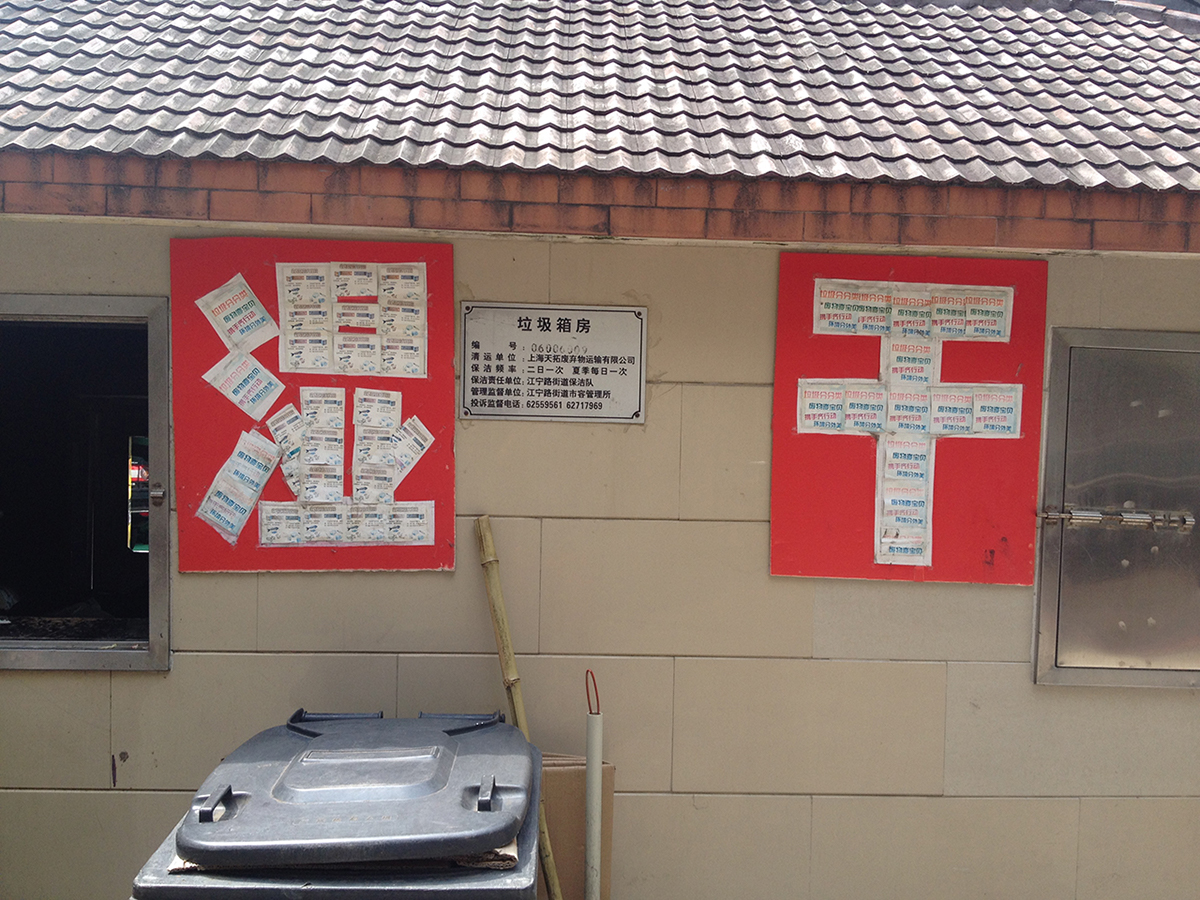
Waste sorting
-
The Chinese characters for "Wet" and "Dry" were highlighted using informational stickers in a typographic Droste effect.
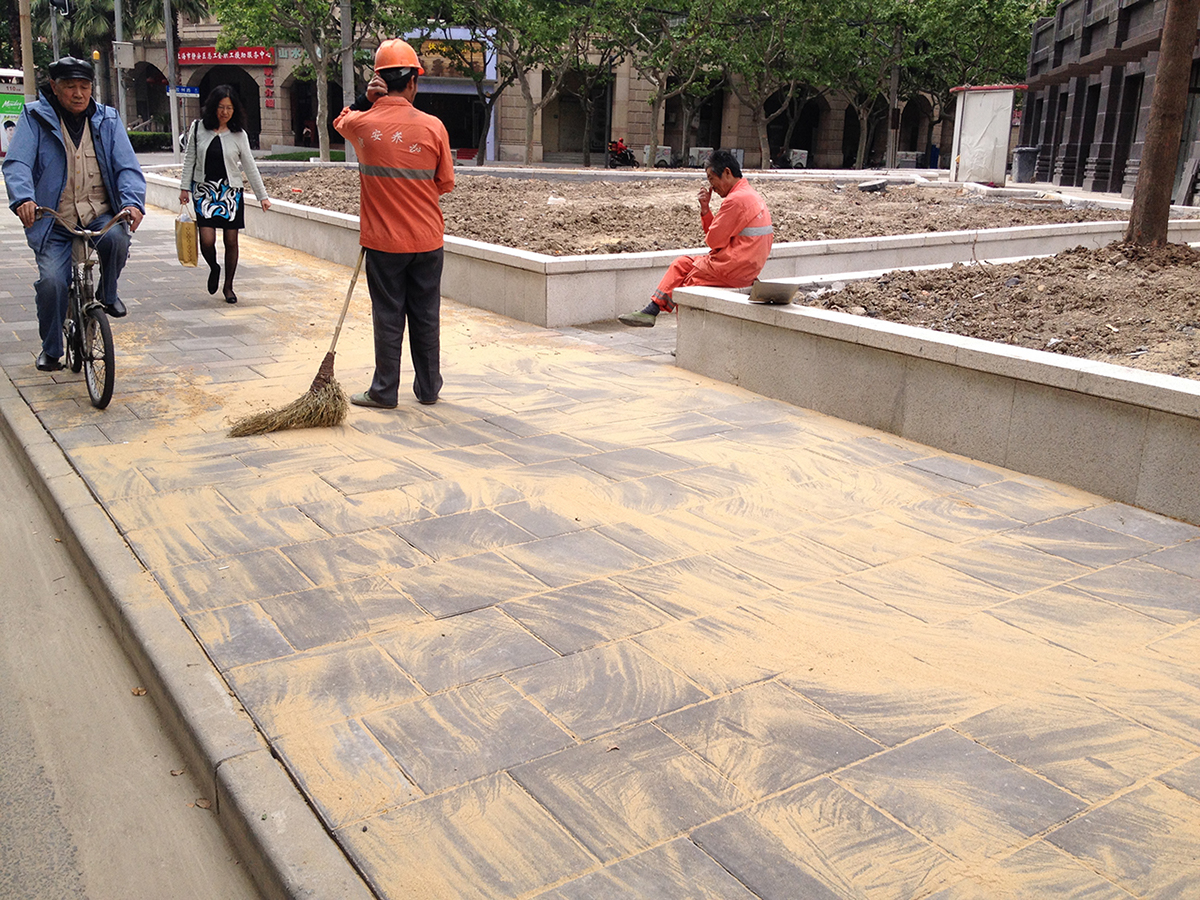
Mop pattern
-
The marks left by the worker’s sweep reveals his progress.
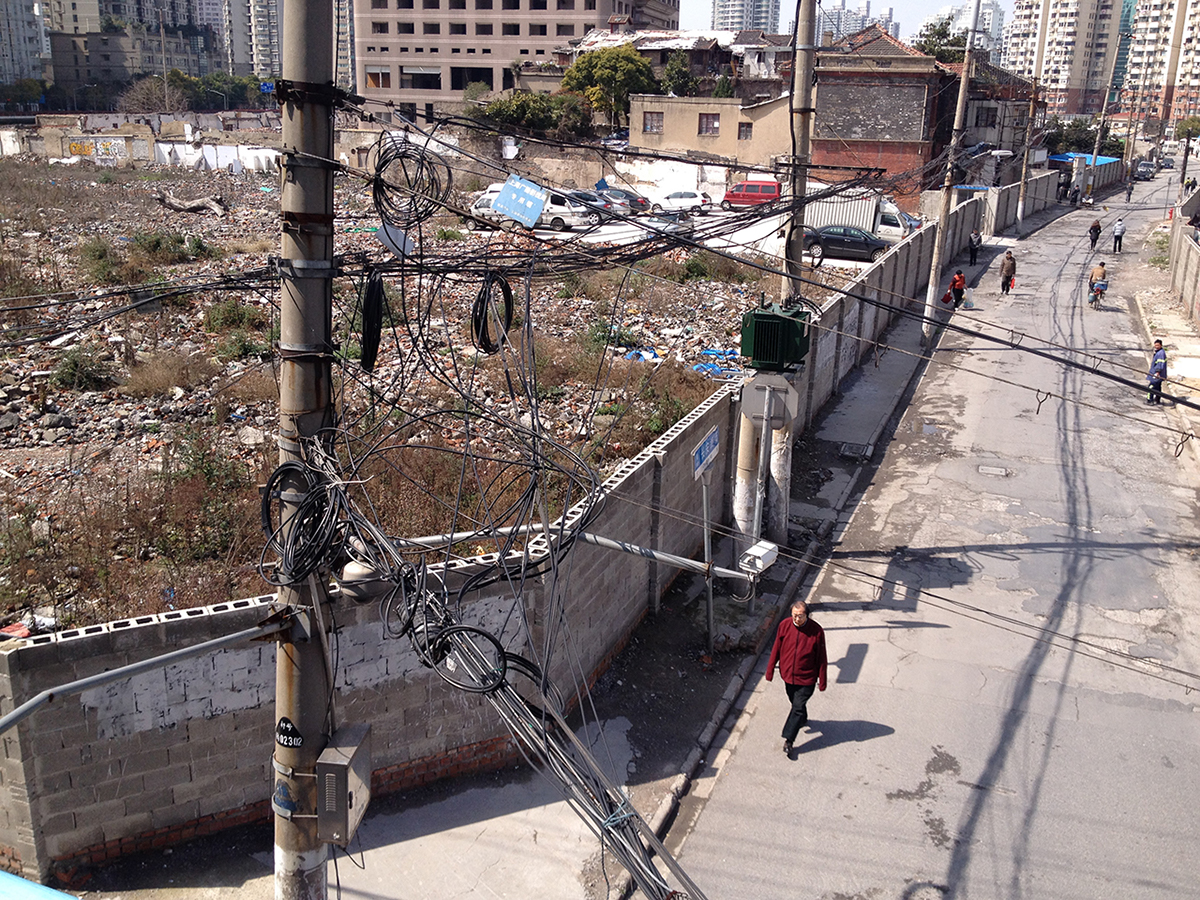
Cable mess
-
The saturated use of cables creates visual pollution in the street.
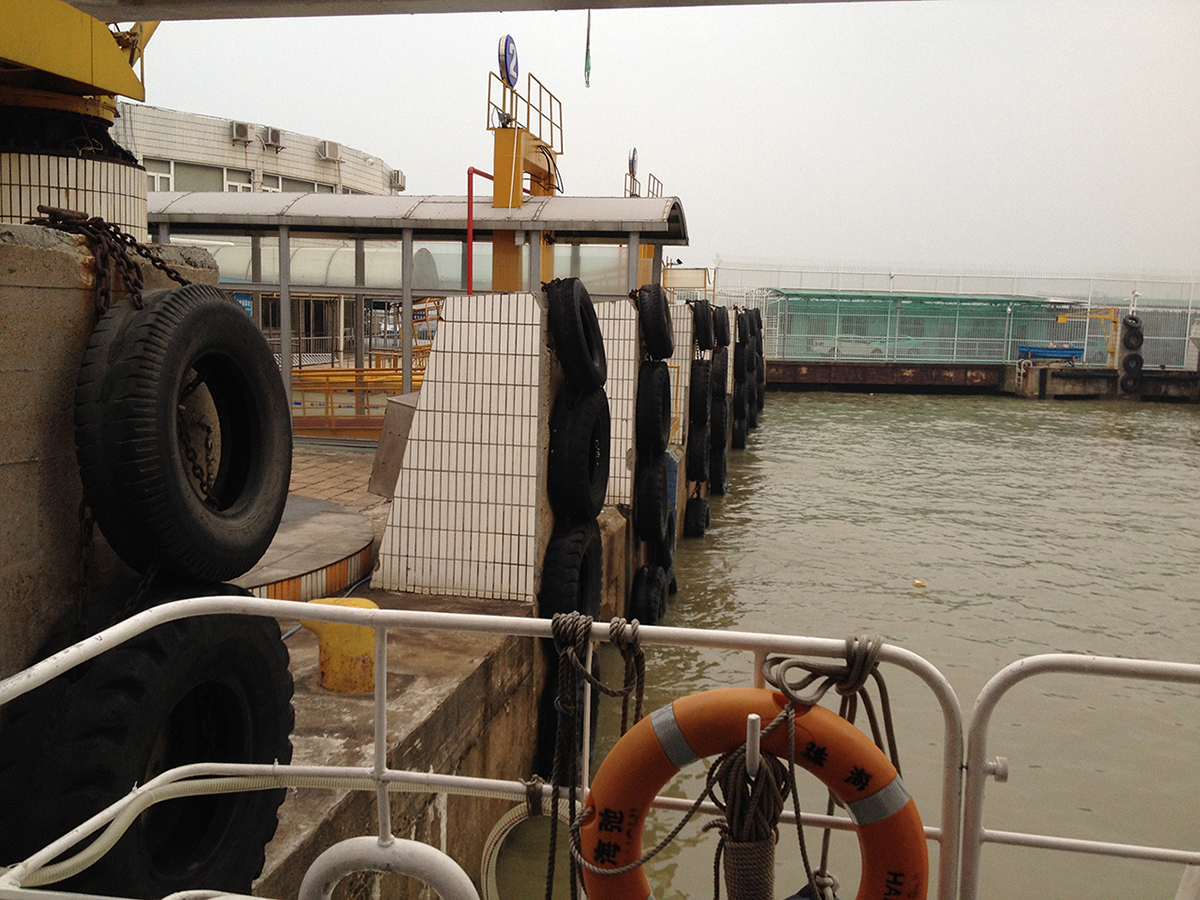
Boat bumper
-
A derivative usage that became common: using tires to prevent shocks from the boat.
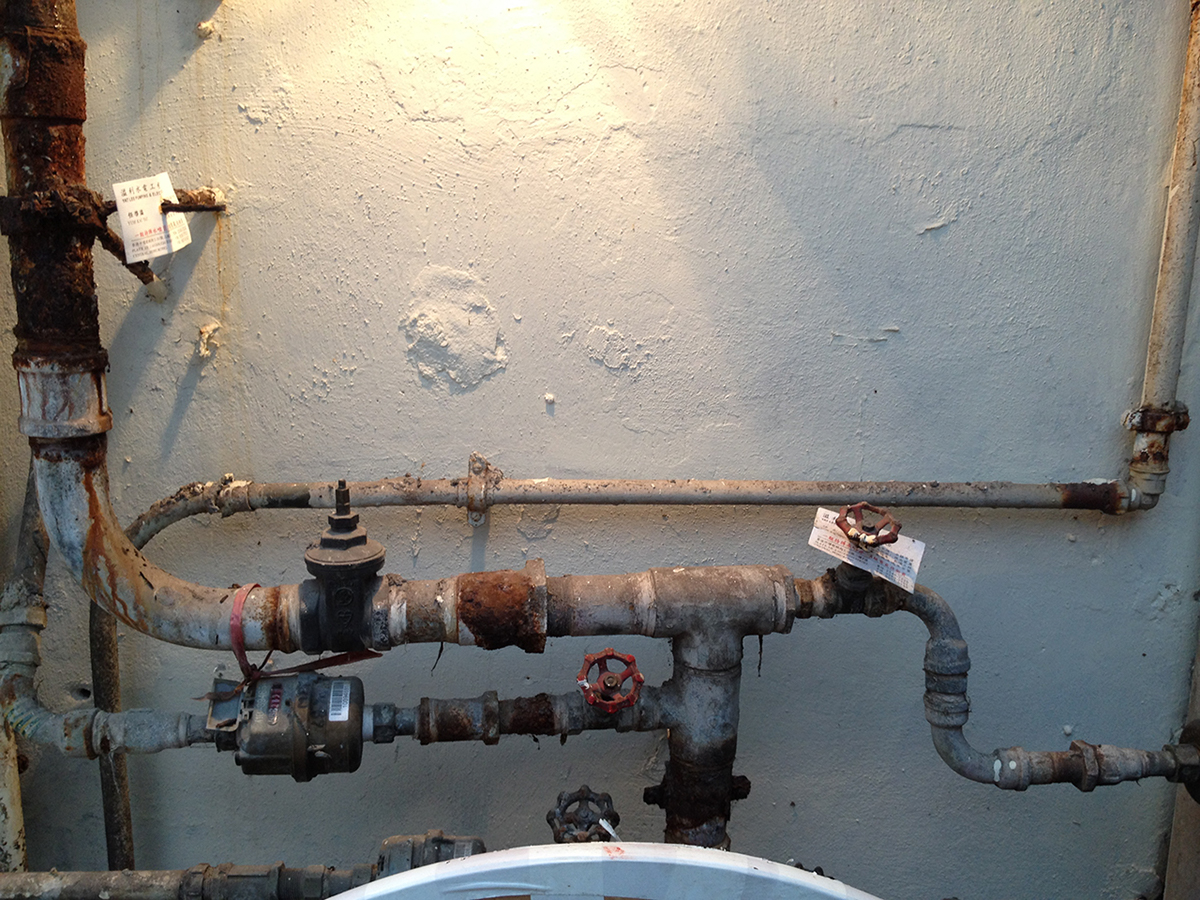
Name-card placement
-
These plumber business cards are cleverly attached to the concerned pipes.
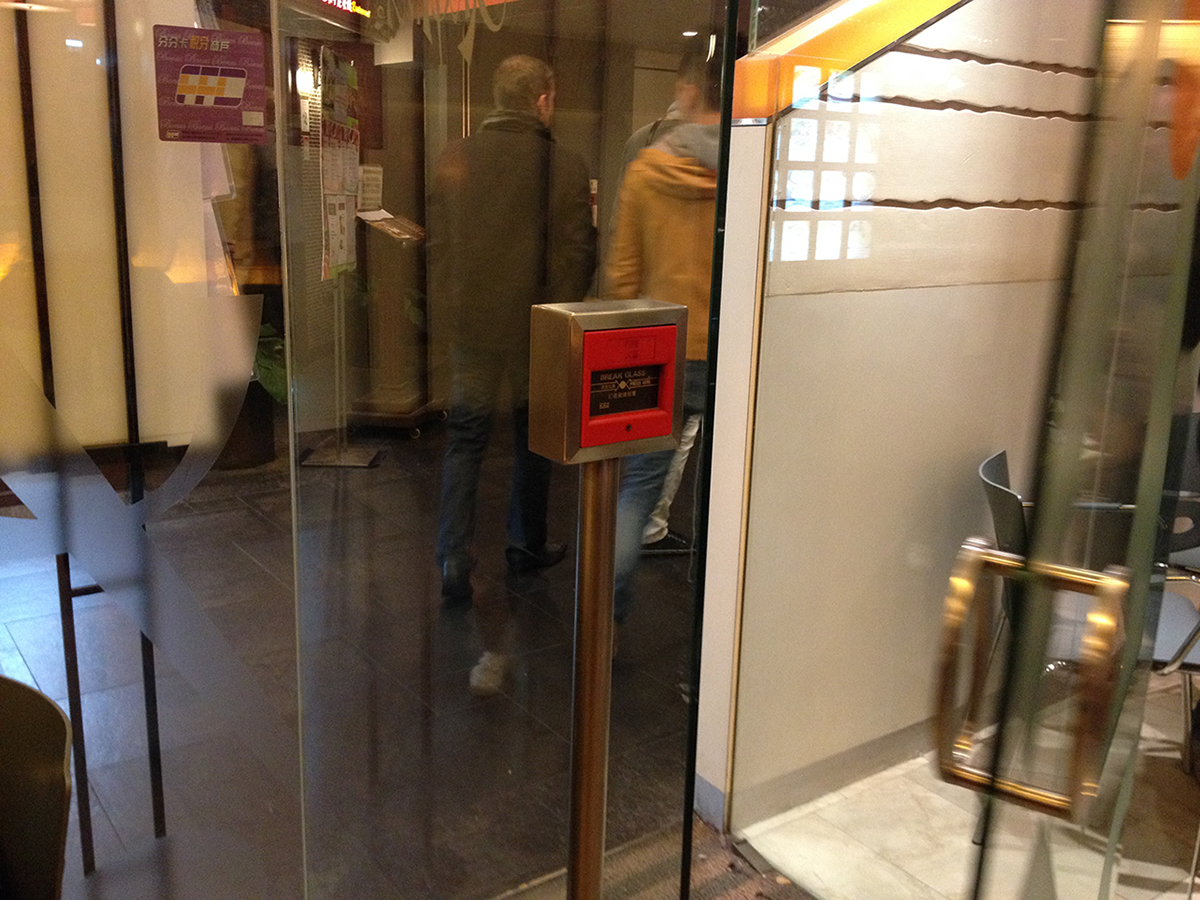
Floor-standing alarm
-
For lack of a wall, this alarm box is placed on a metallic pole.
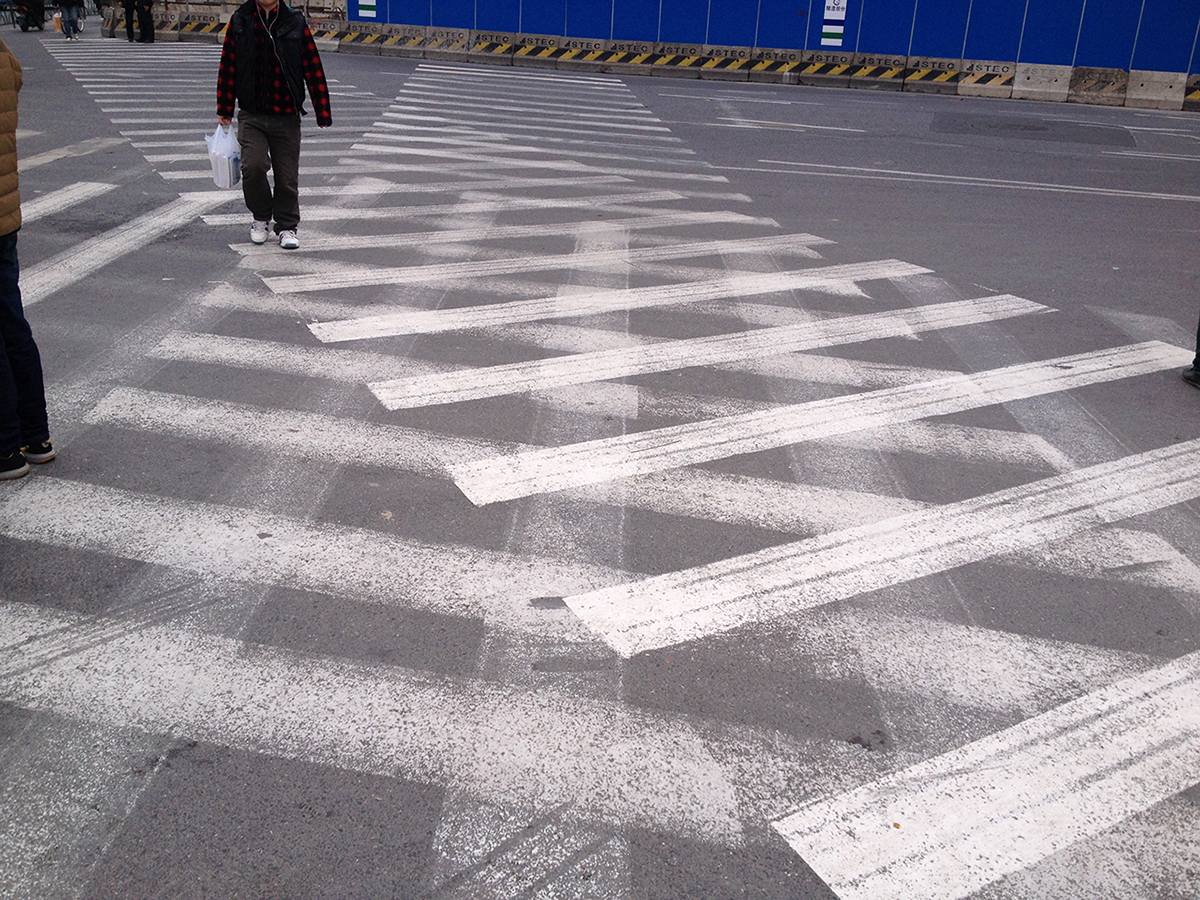
Saturated crosswalks
-
The accumulation of crosswalks on this road reveals an overlapping urban pattern.
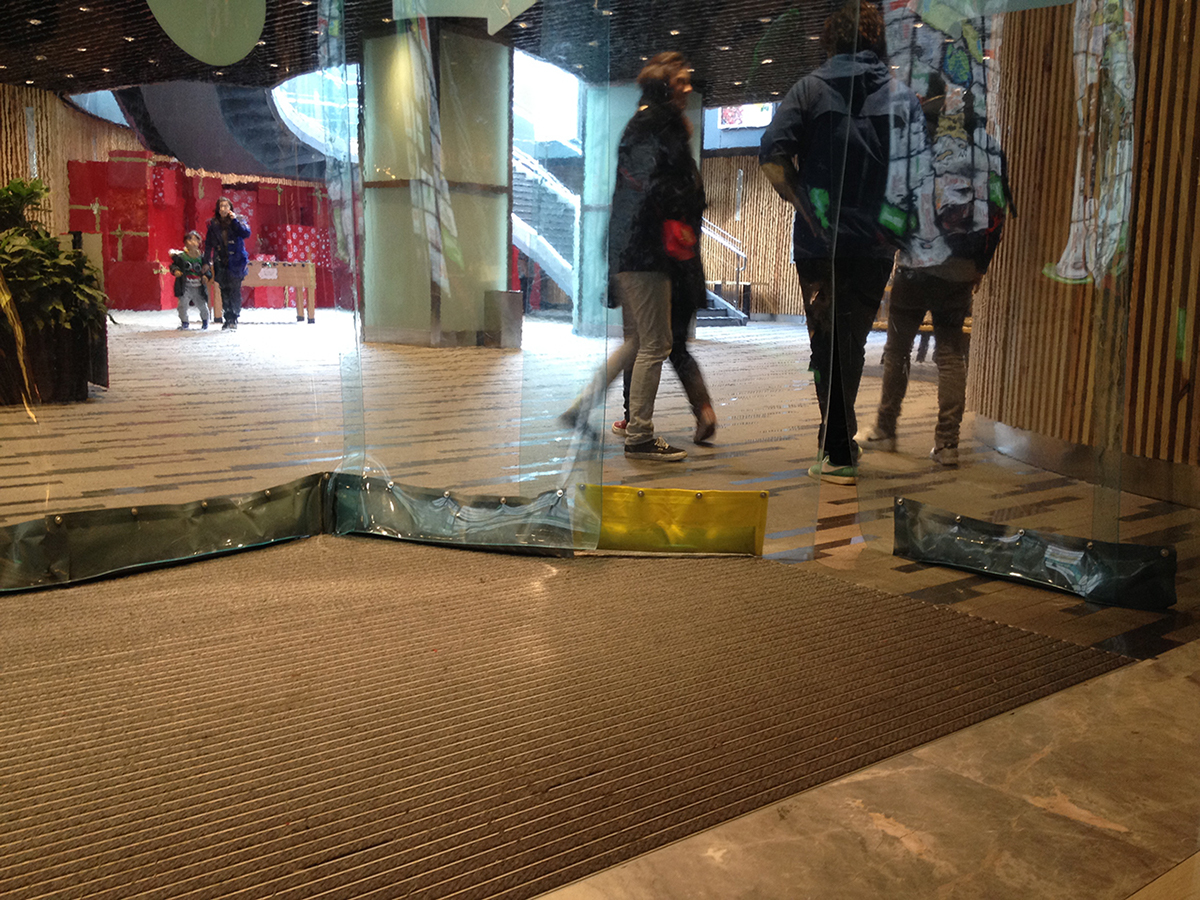
Yellow curtain
-
The bottom part of this curtain is colored in yellow as to indicate the entrance.
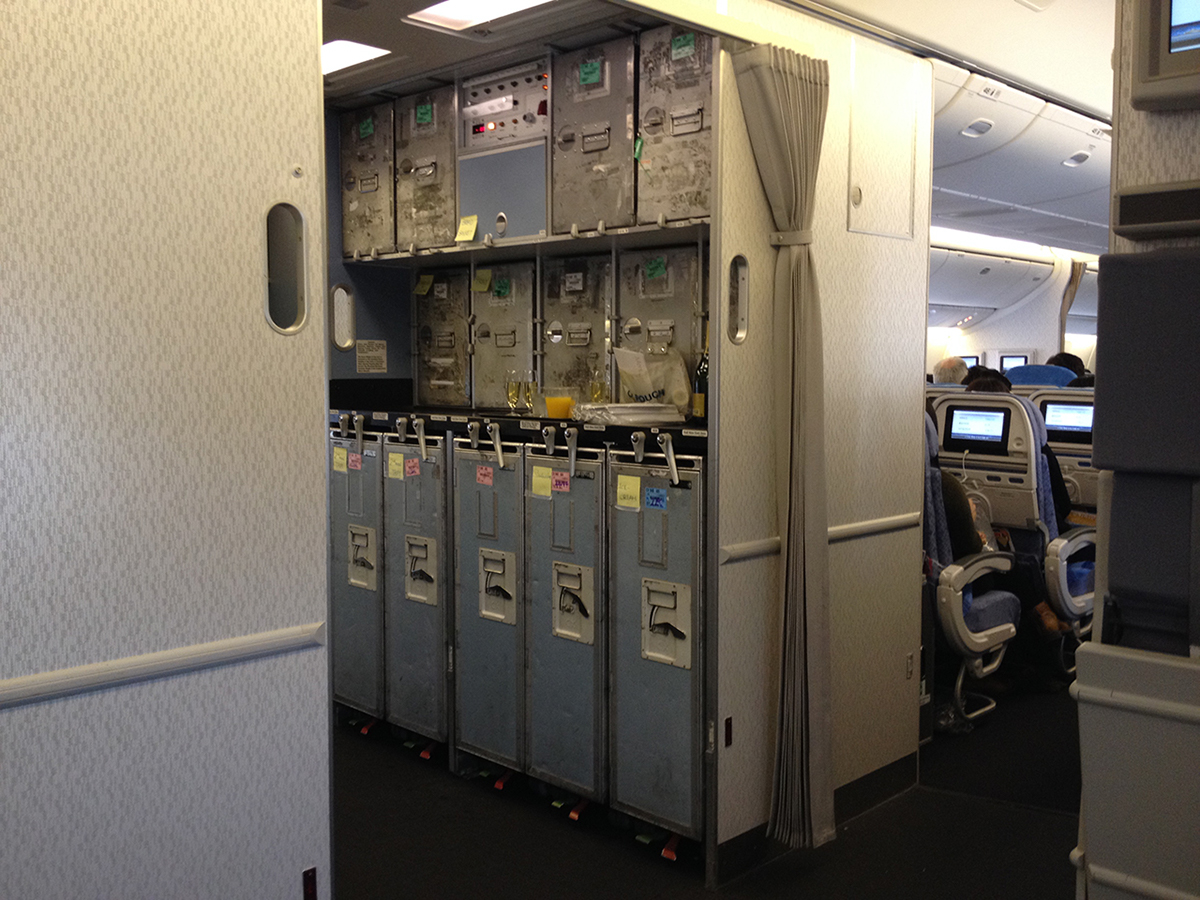
Airplane storage
-
The glue marks on the facade of each of these airplane food compartments reveal that these containers are constantly being relabeled.
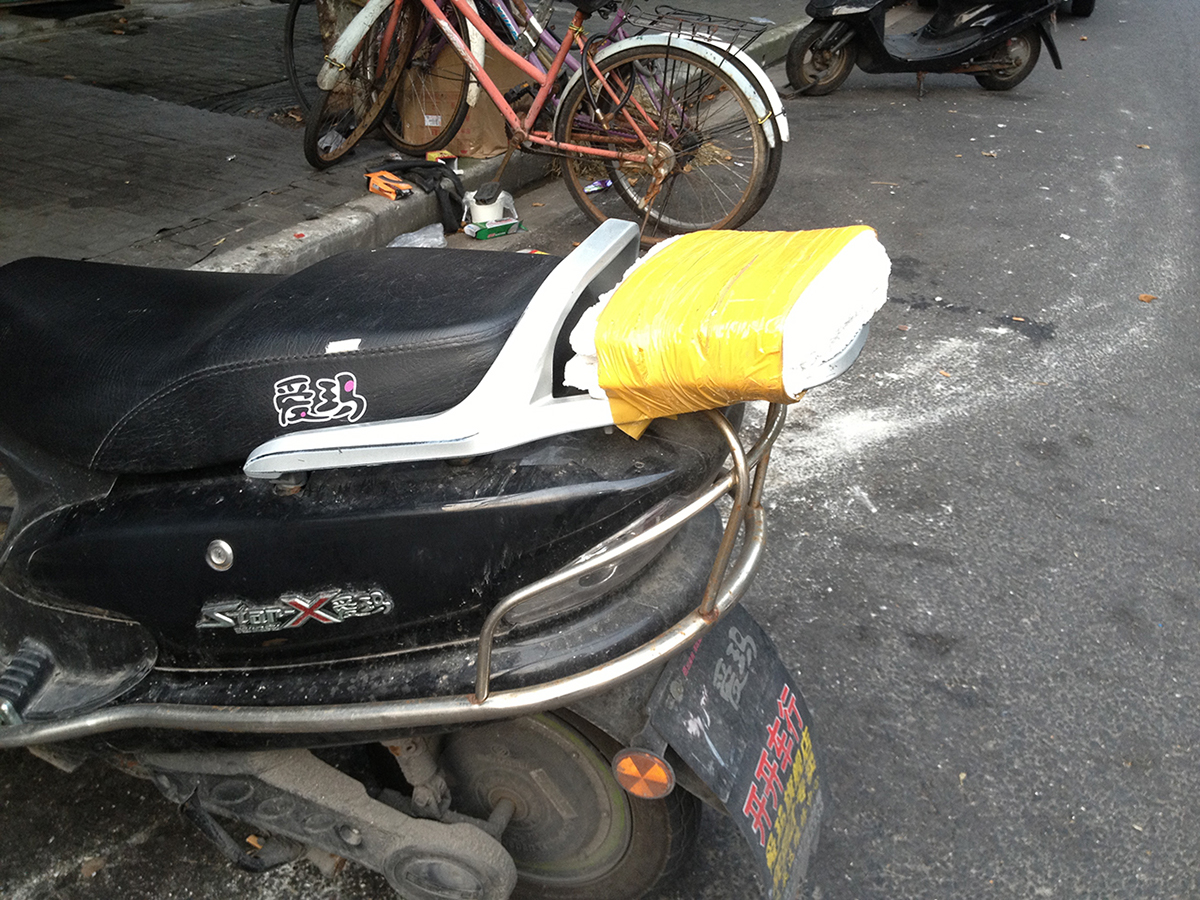
Third saddle
-
Using duct tape and polystyrene, a third saddle has been fashioned for the multiple users of this scooter.
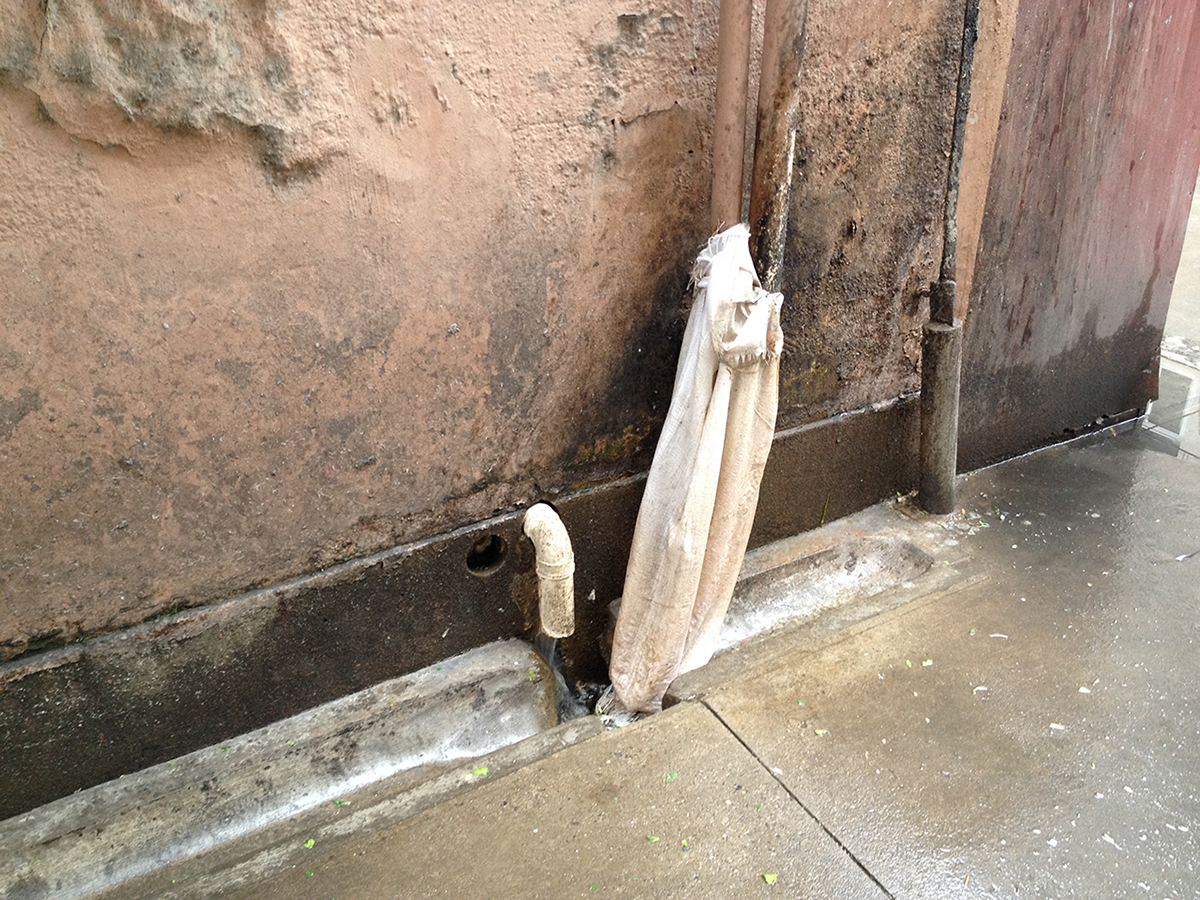
Pipe extension
-
A piece of fabric is used here to extend a short pipe.
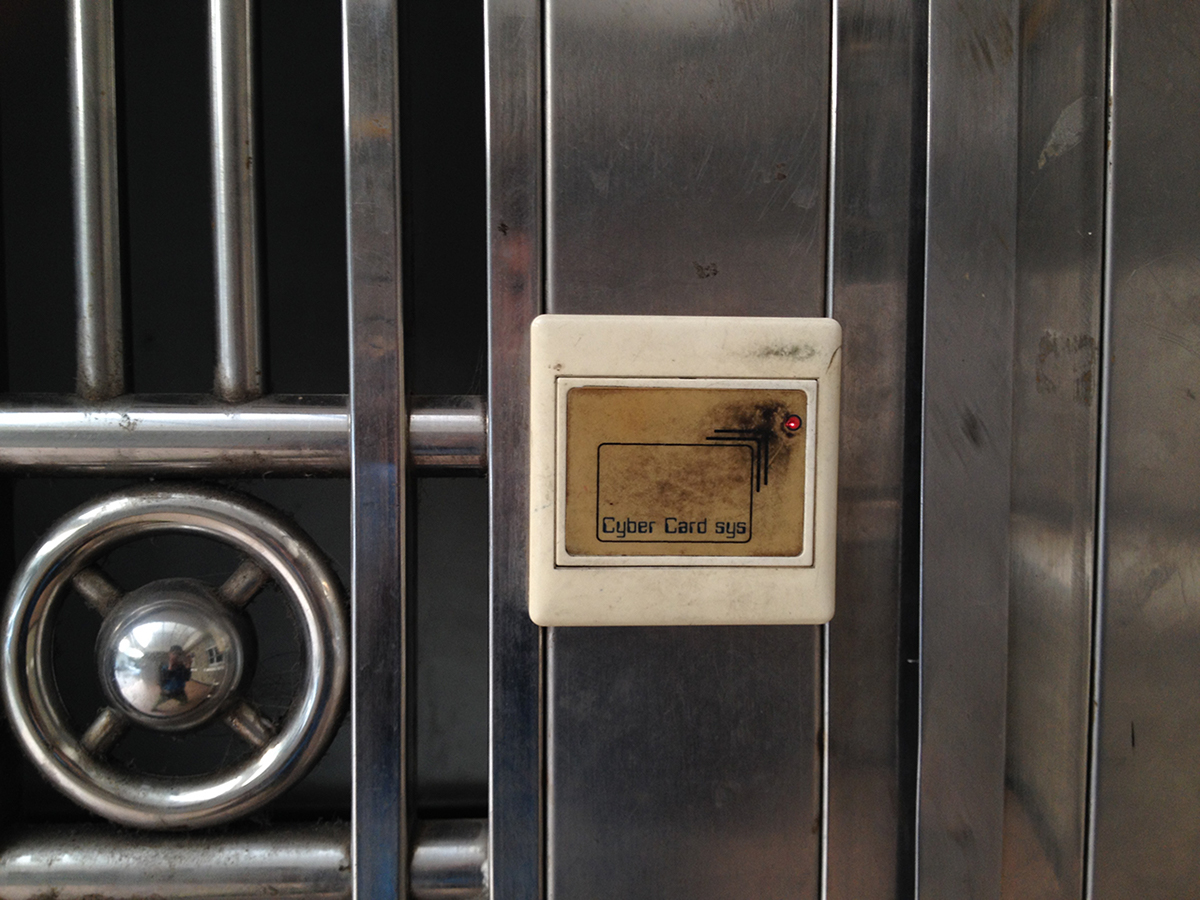
Door lock
-
Caused by repeated use, the dark stain on the upper right corner of this door lock indicates the inner chip position.
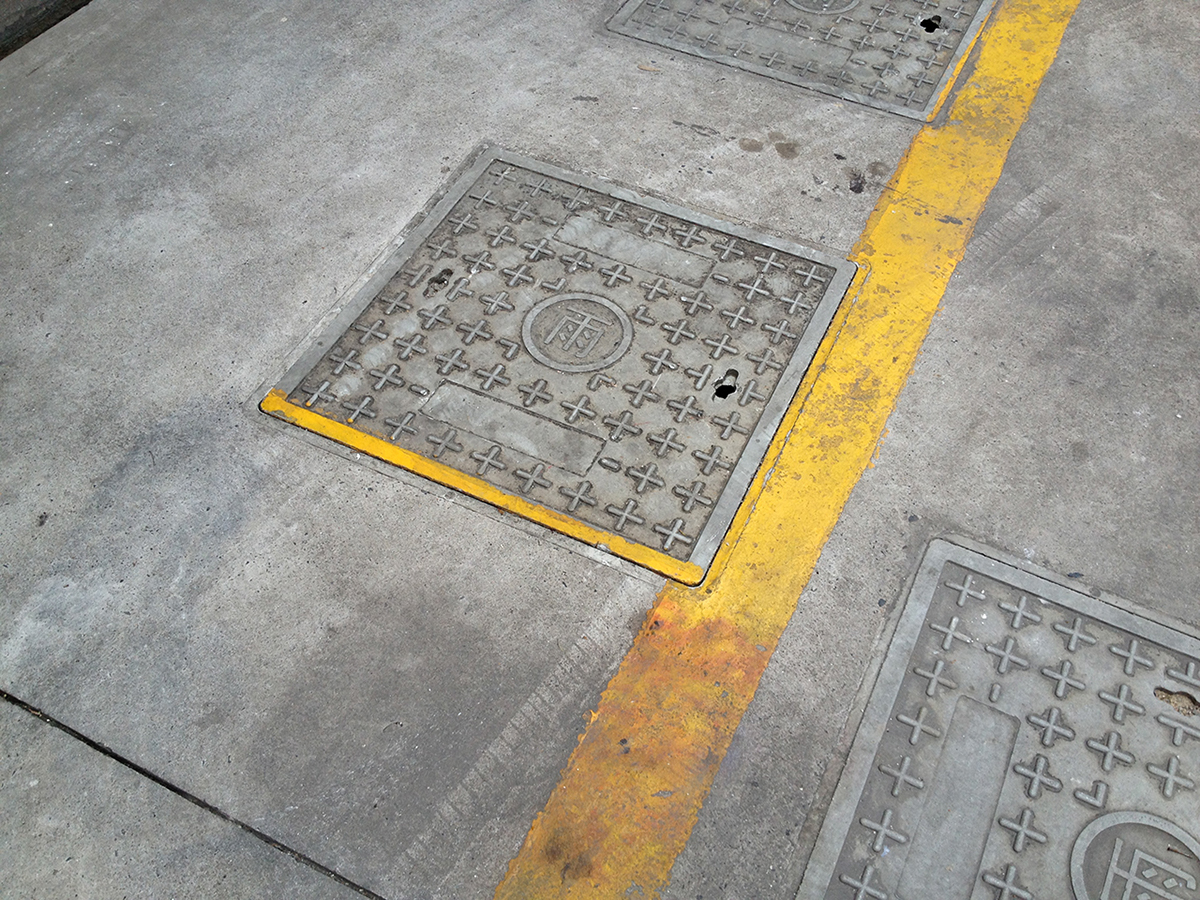
Broken line
-
The yellow stripe on the plate indicates a sequence of actions.
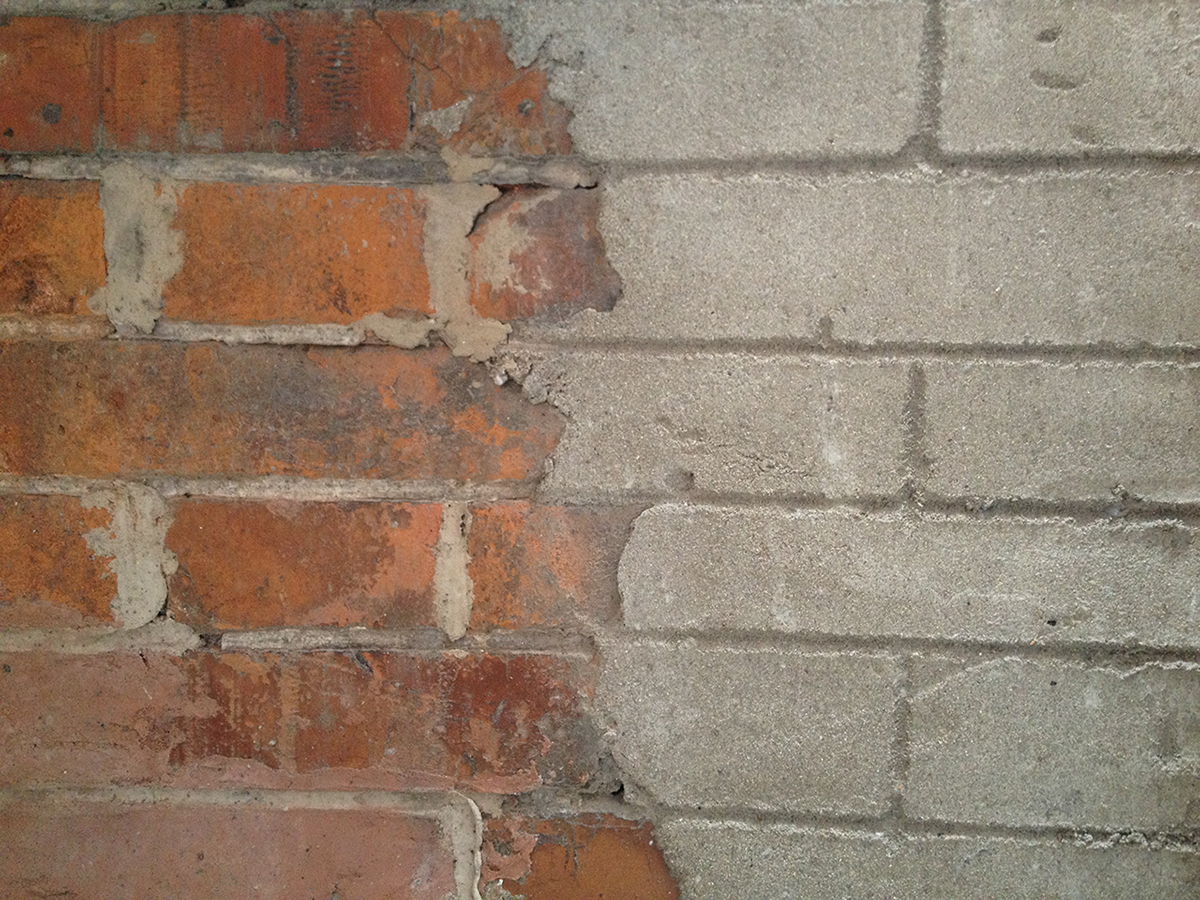
Adaptive pattern
-
Brick patterns are imitated on this concrete surface to further blend to its surroundings.
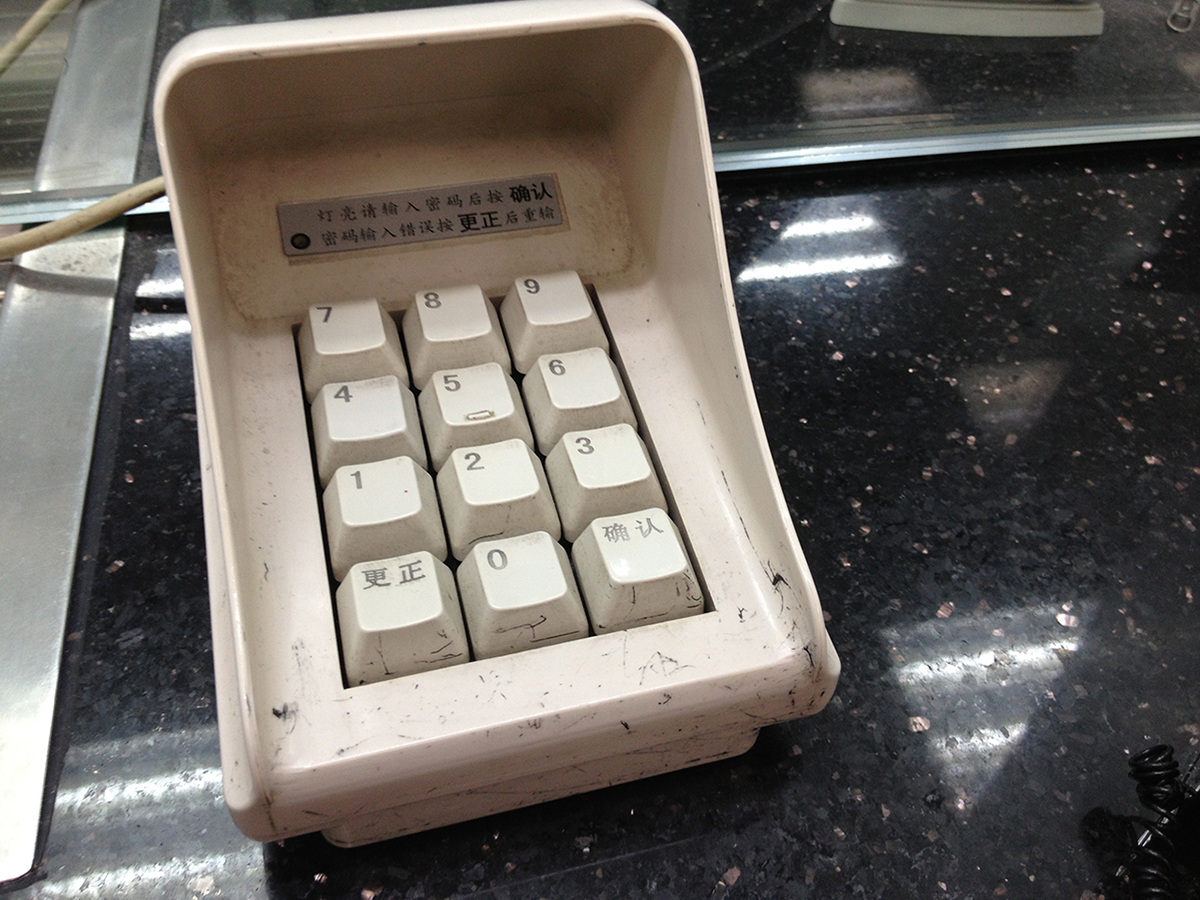
Password tab
-
When no colors are used to distinguish buttons, non-Chinese speakers must use their instinct to locate the enter button.

Rear light
-
The size, shape and material of this CD naturally fits as a reflective scooter rear light.
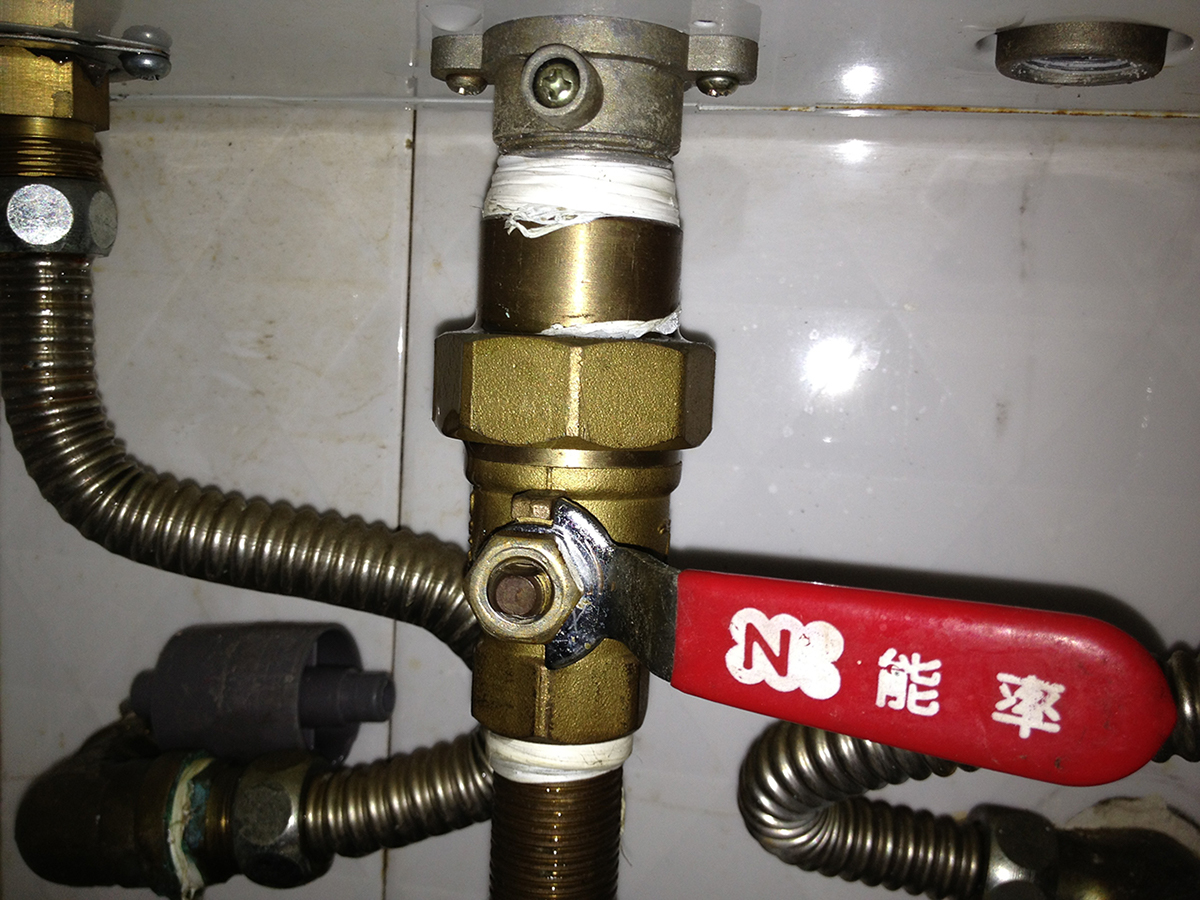
Gas lever
-
Using instinctive understanding, a perpendicular lever indicates closed valves, while an aligned pipe and lever means opened valves.
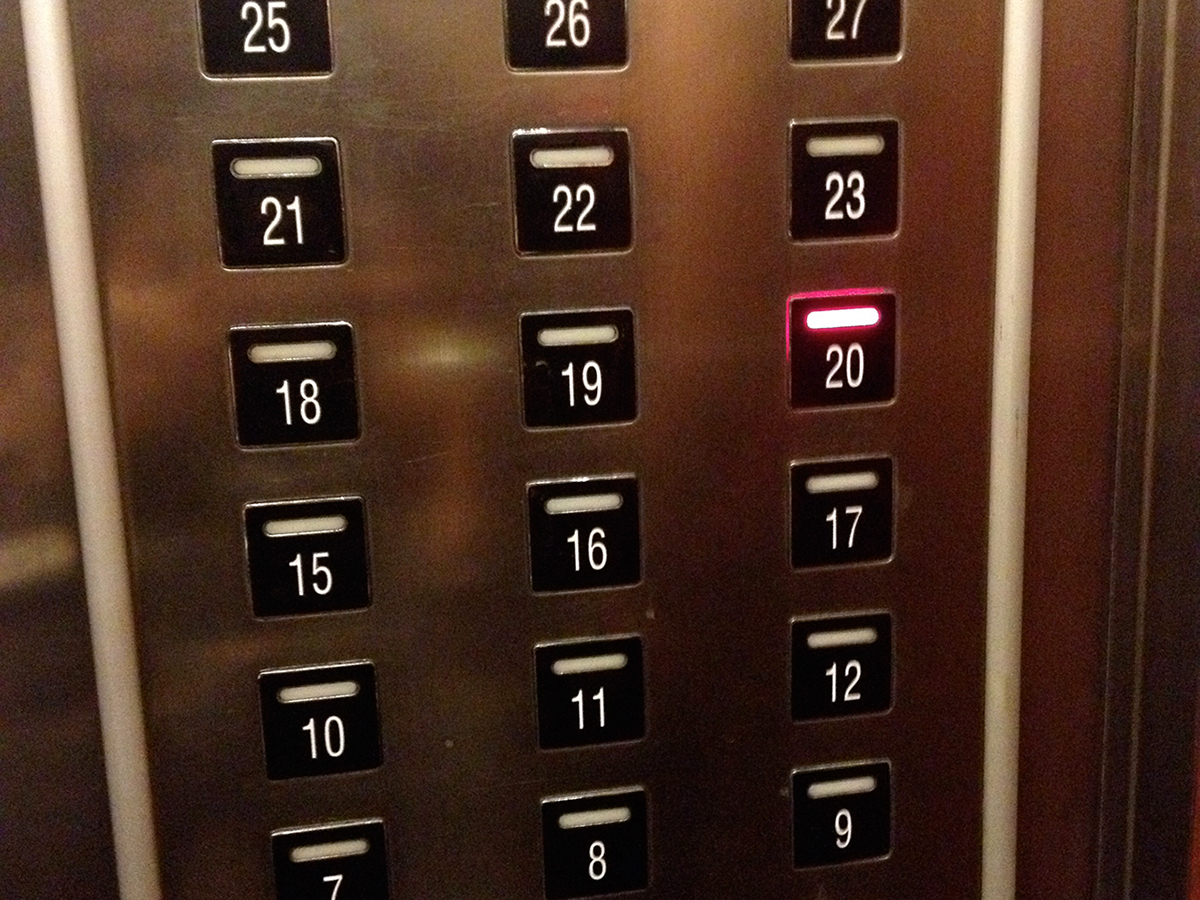
Number organisation
-
The placement of the floor numbers on this elevator is confusing and several floor are missing for superstitious reasons.
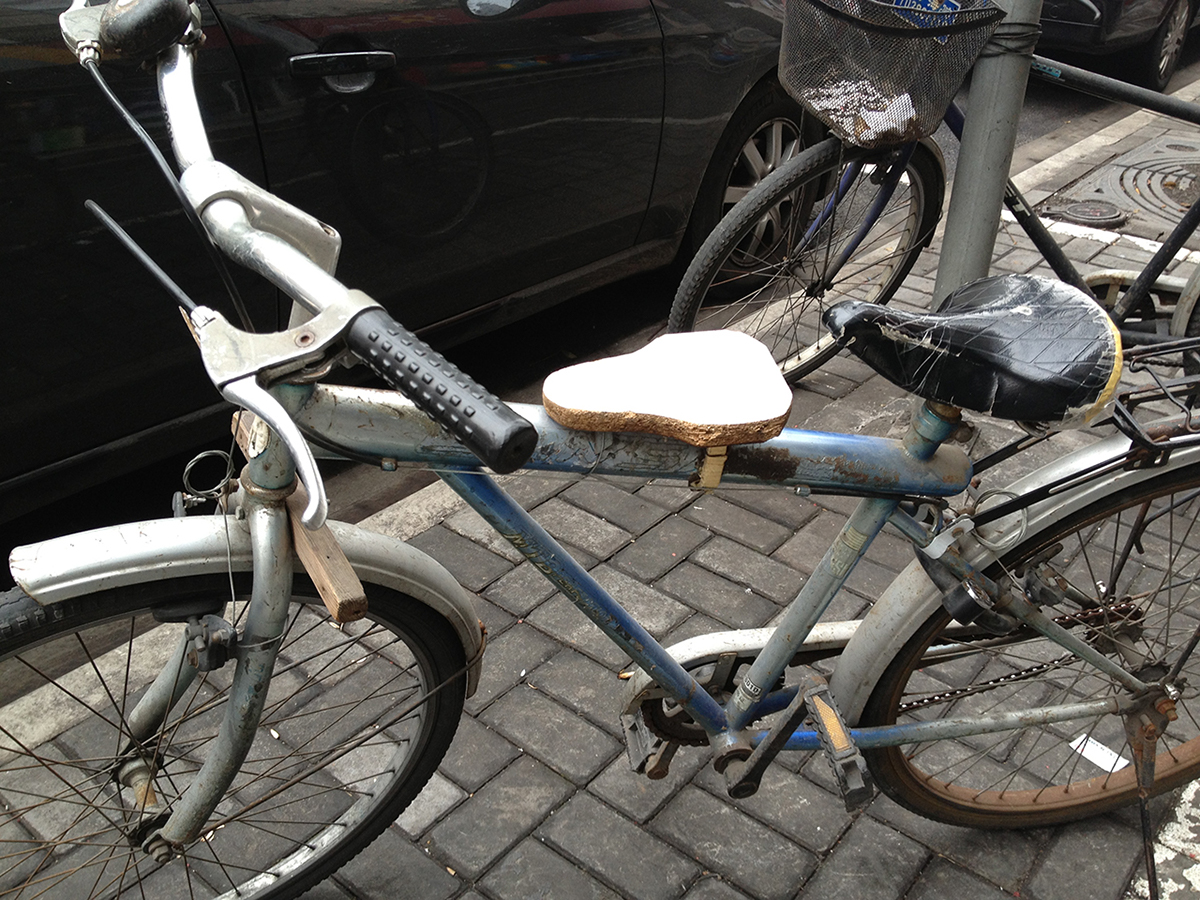
Second saddle
-
The saddle iconic shape is still visible on this wooden handmade seat
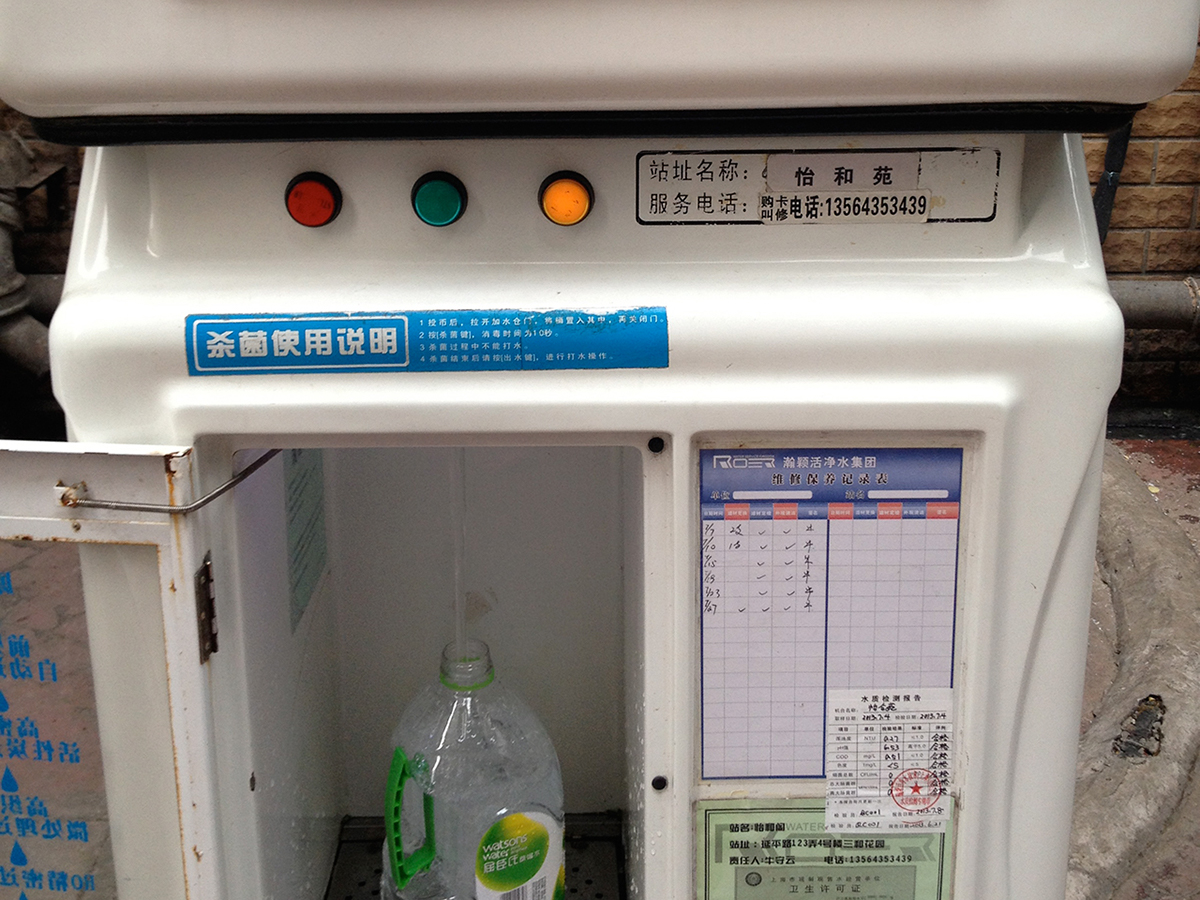
Code colors
-
The usual traffic light colors are used to define the only three buttons of this water station machine.
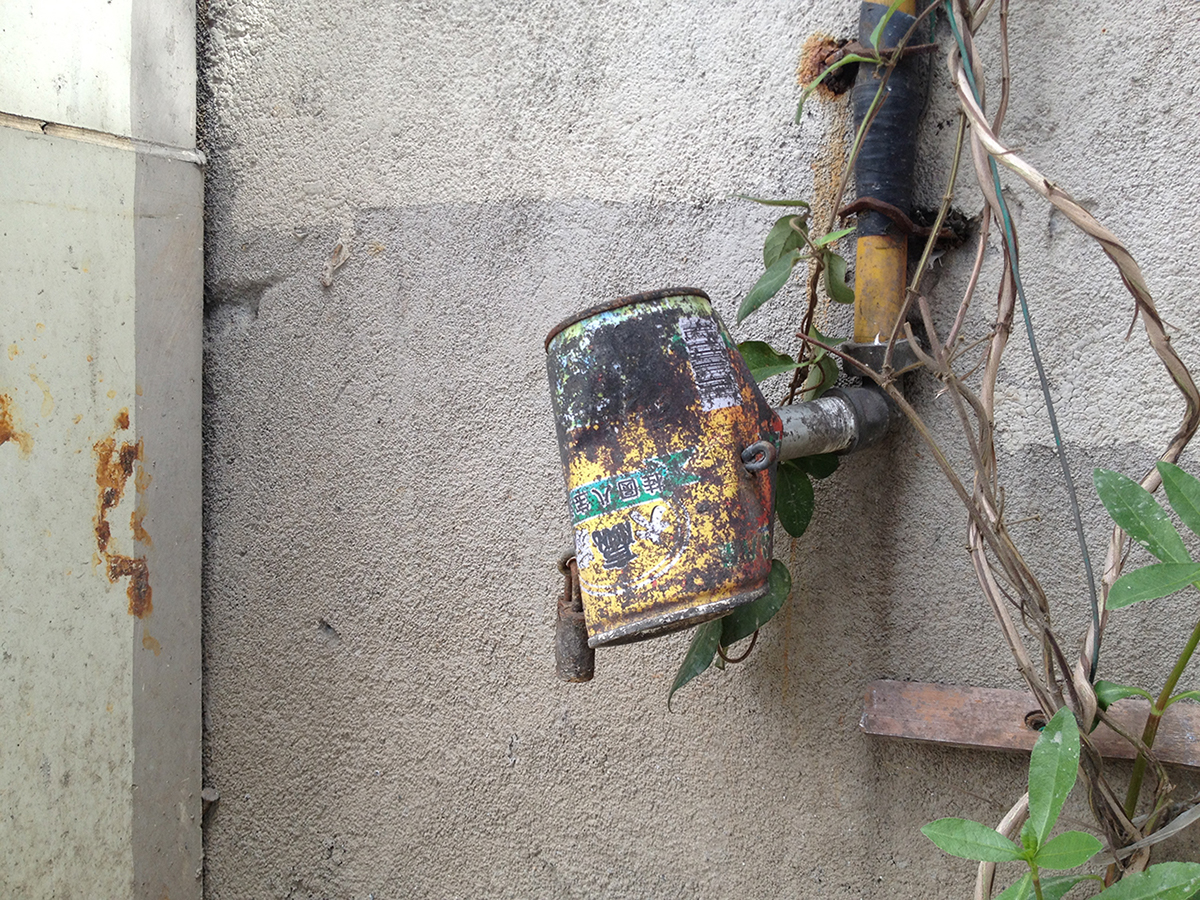
Homemade faucet
-
A can is used as an extension of the pipe to redirect water. The material and colors somehow matches well with the original pipe.
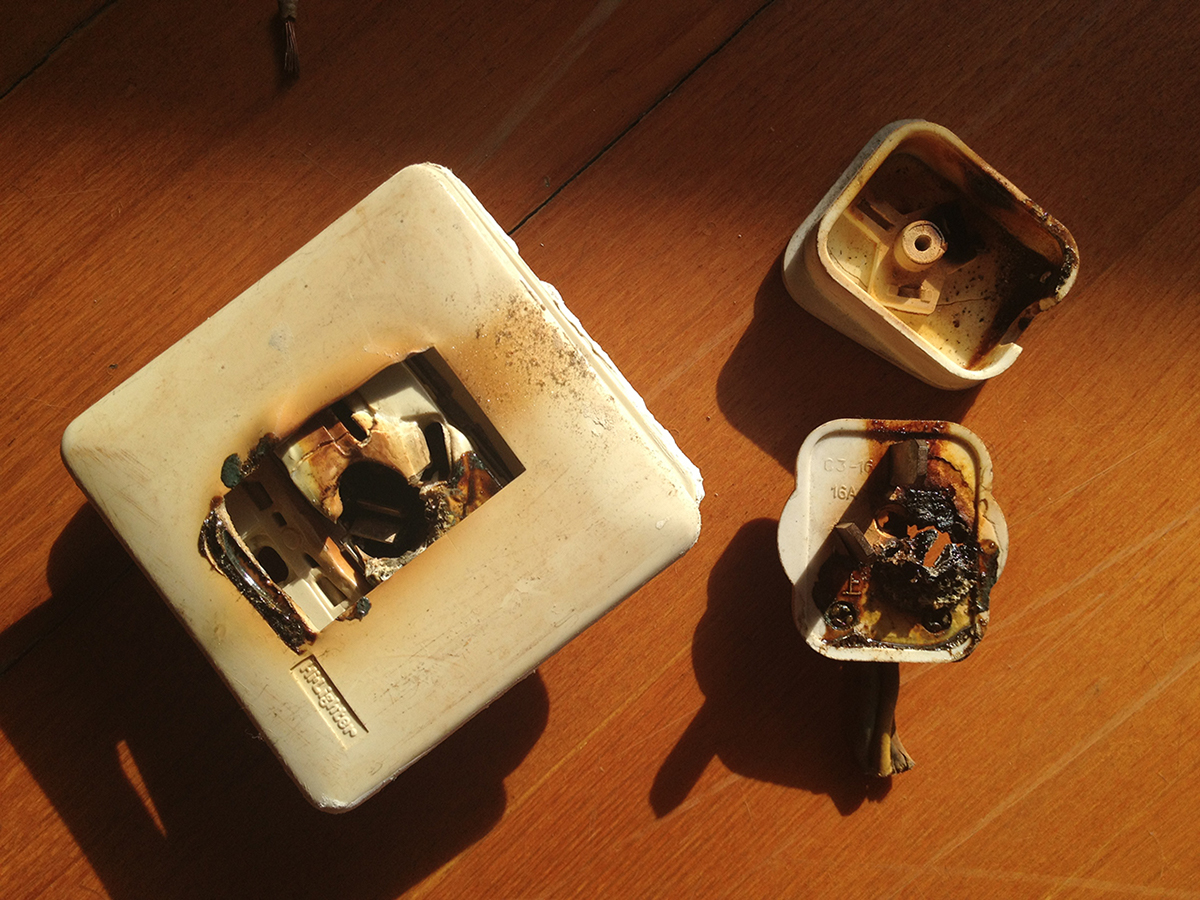
Burned outlet
-
Time and overuse results in a very graphic degradation for this outlet.
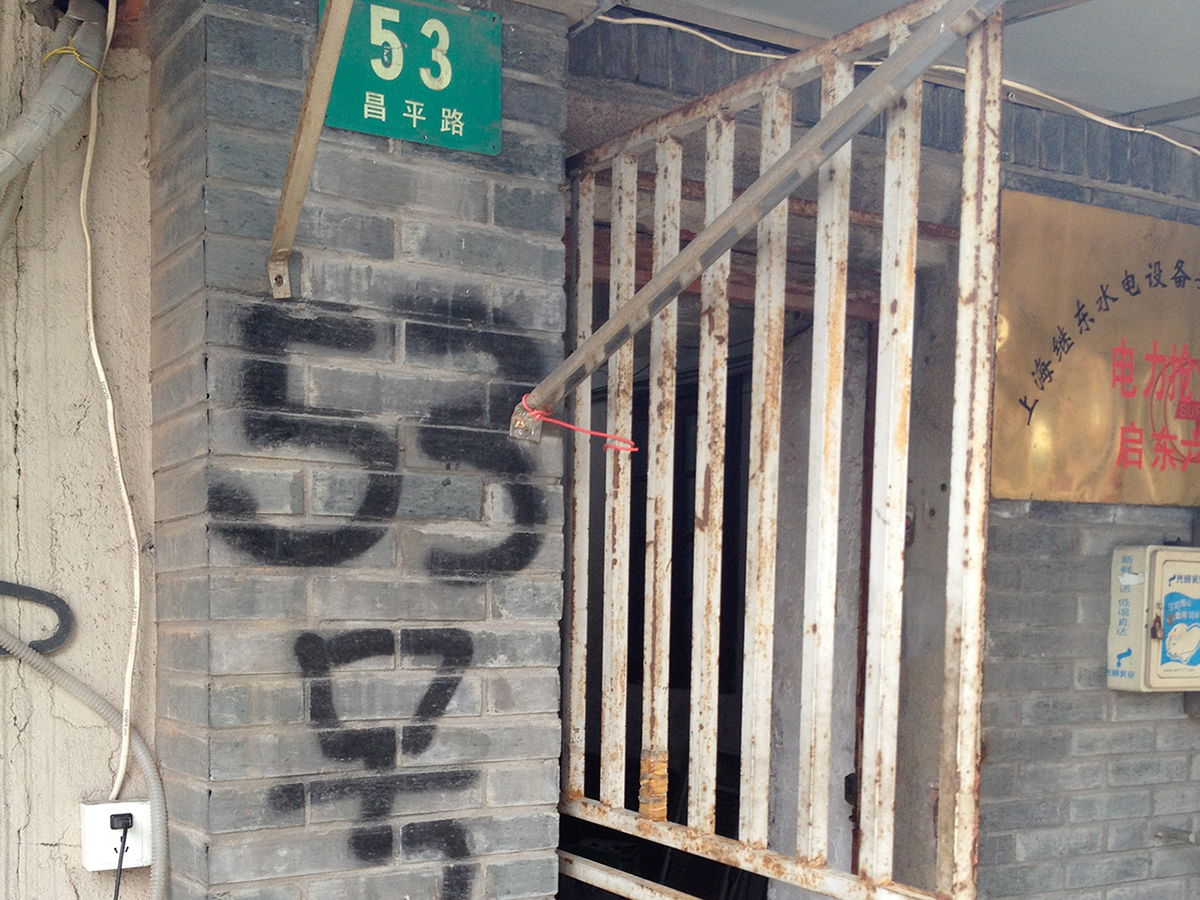
Hand lettering
-
An expanded written version of the building number has been written on the wall. Was this written before or after the green number plate was in place?
